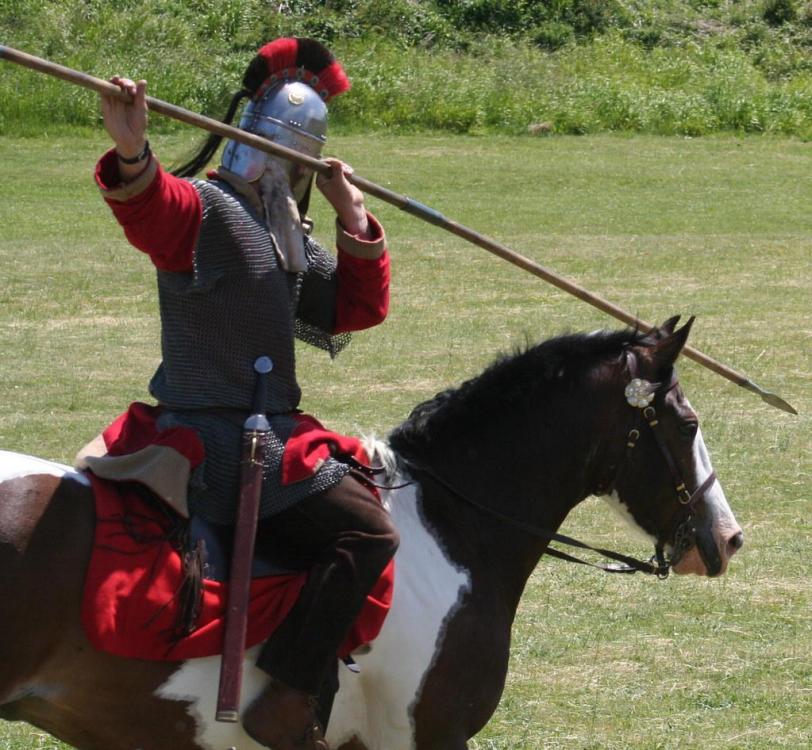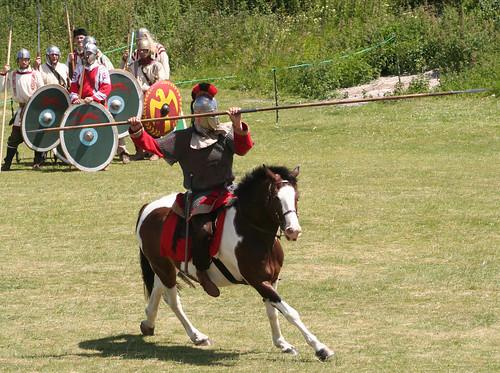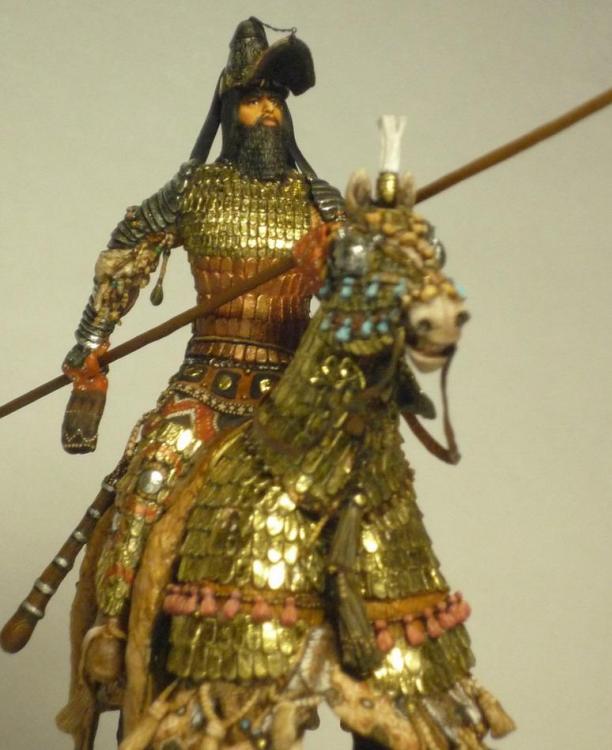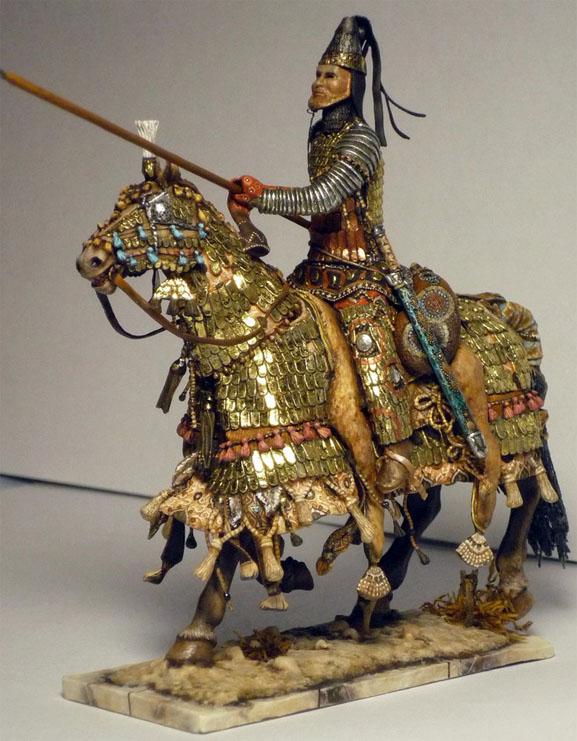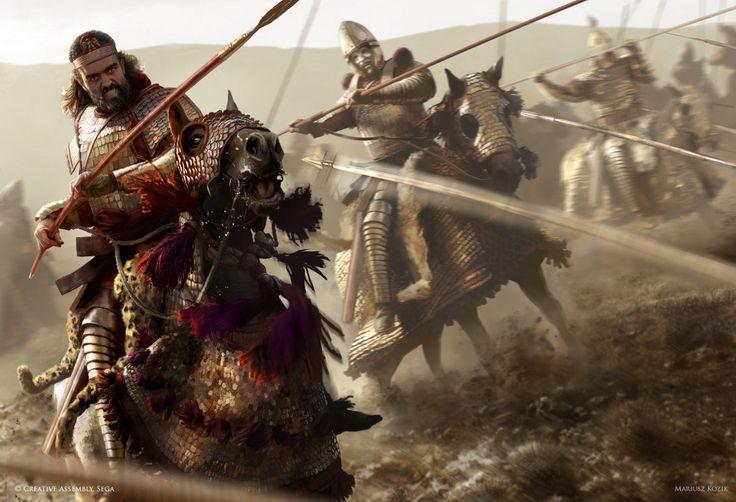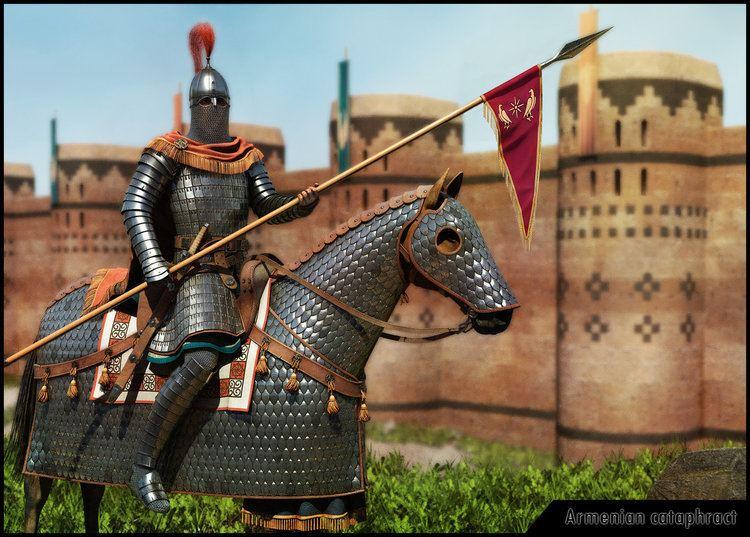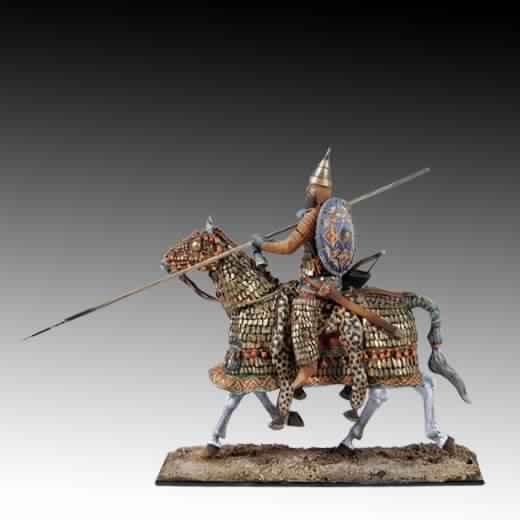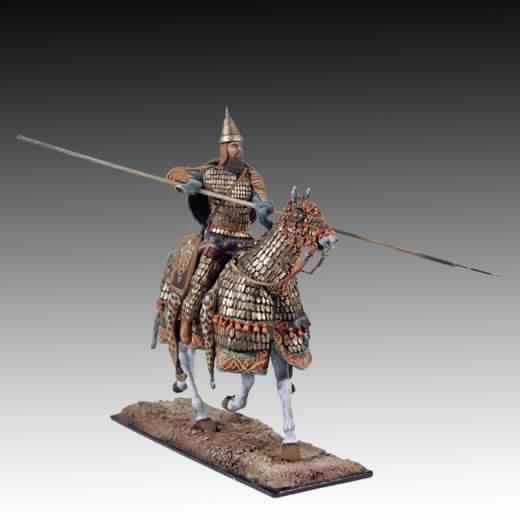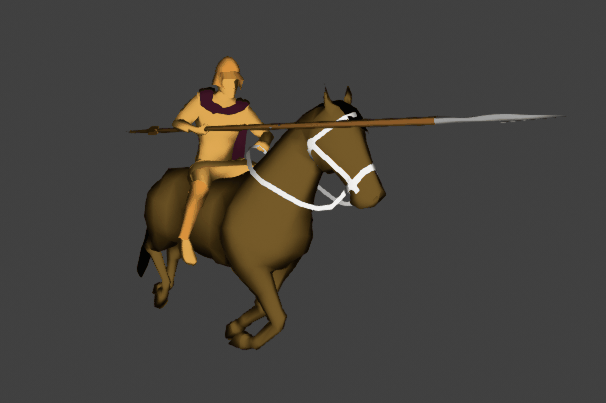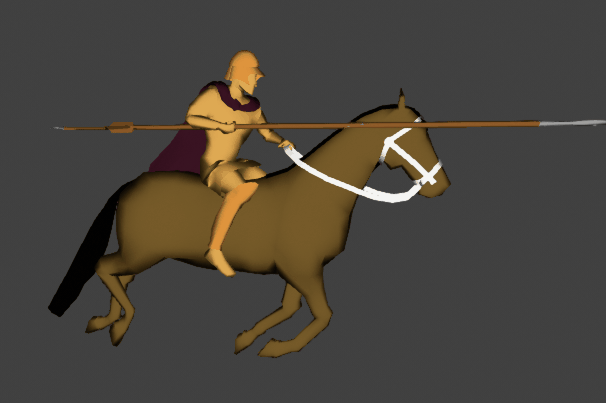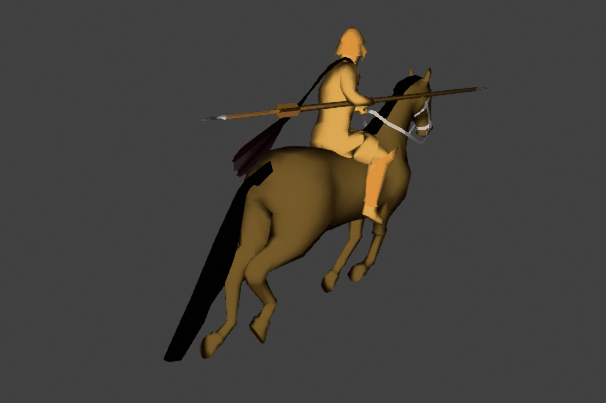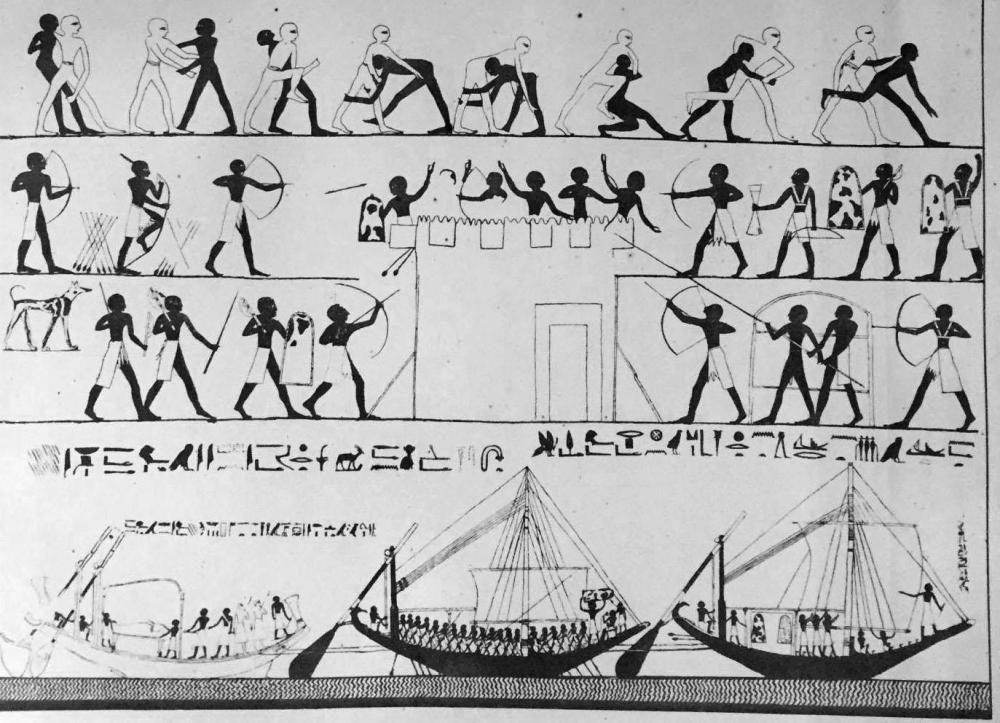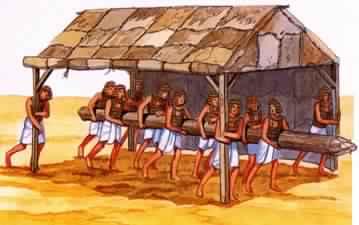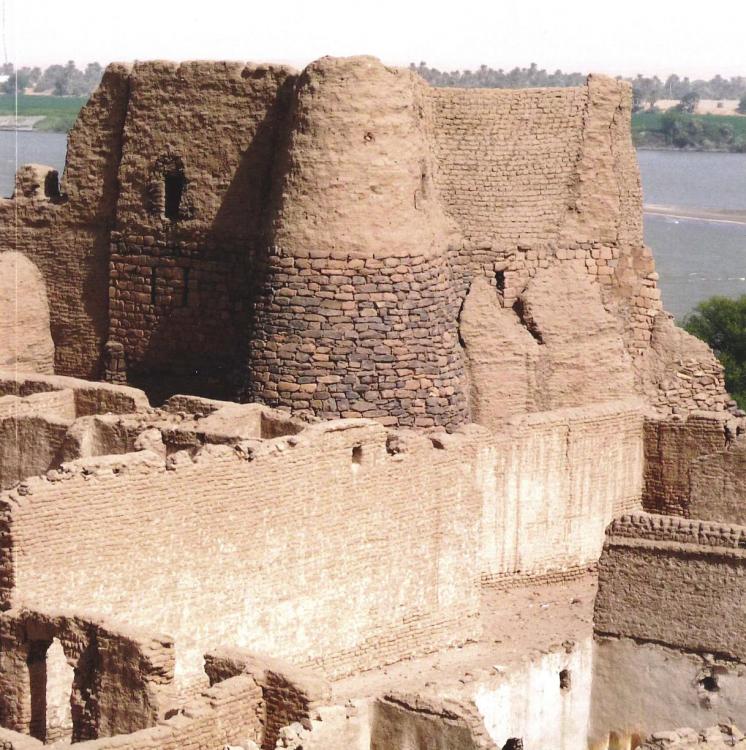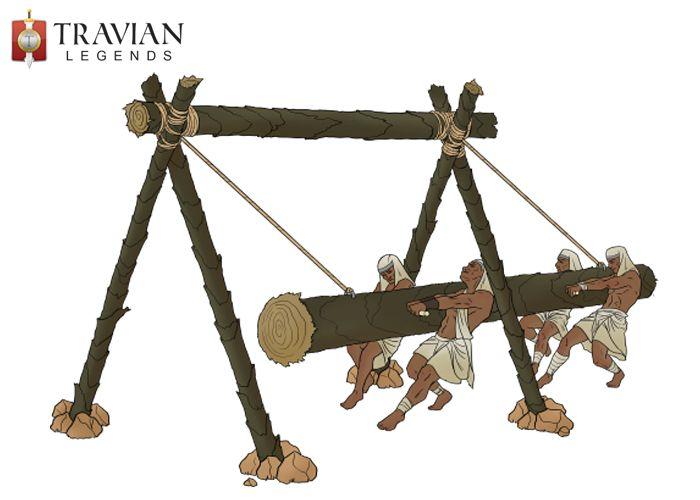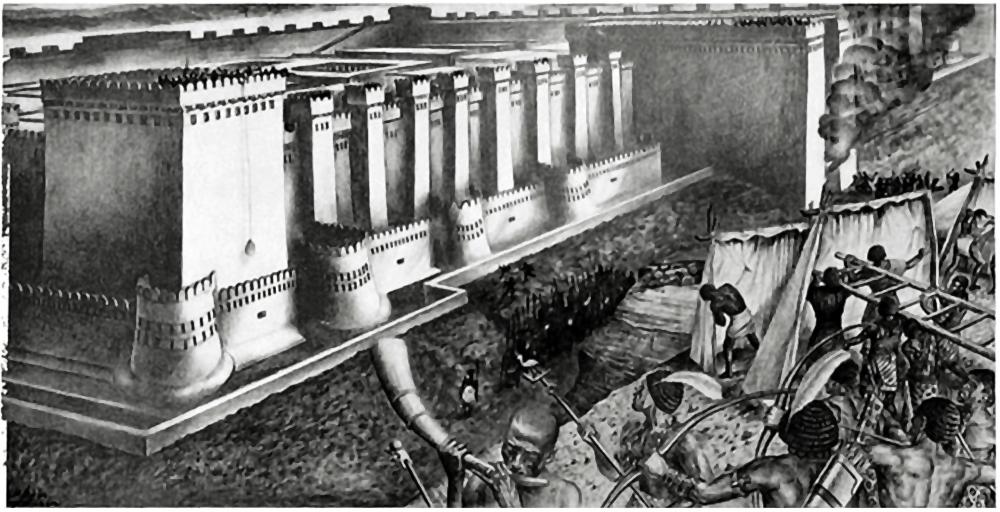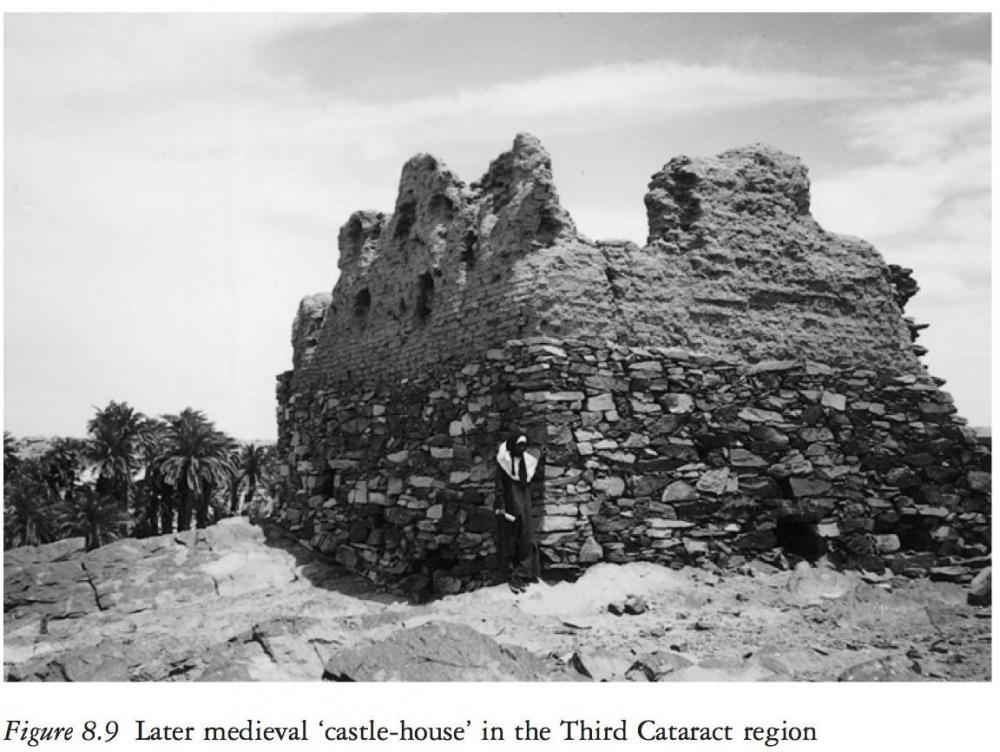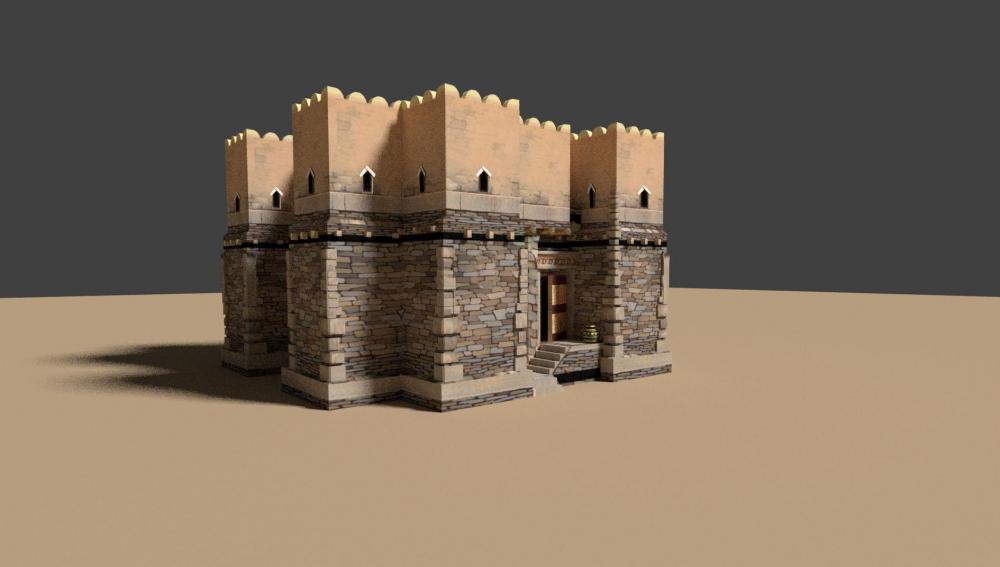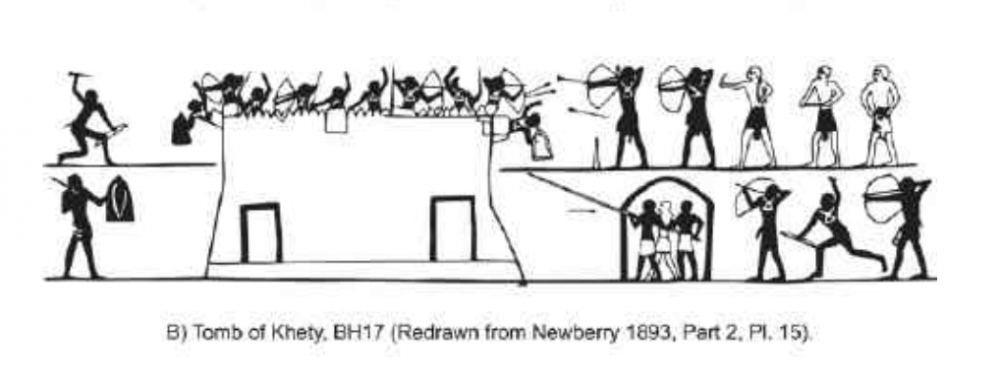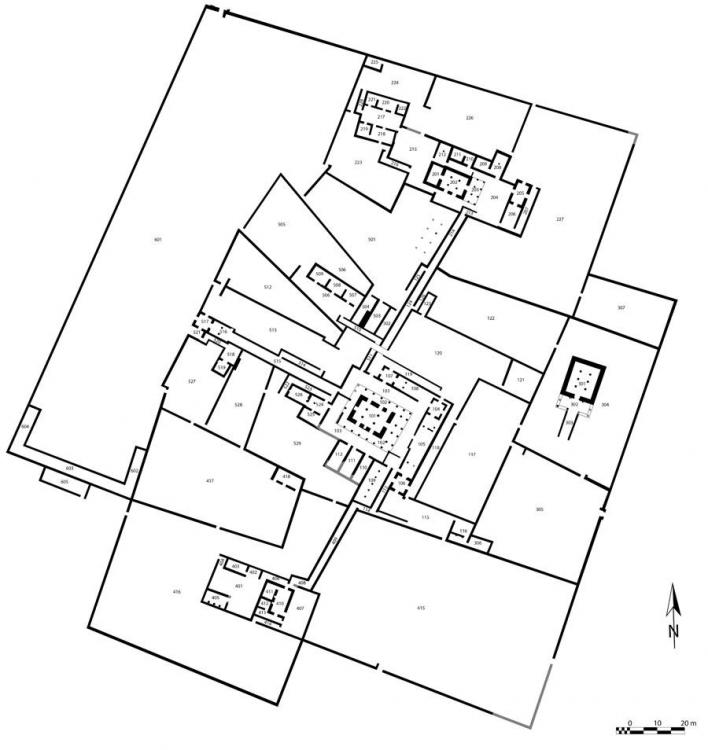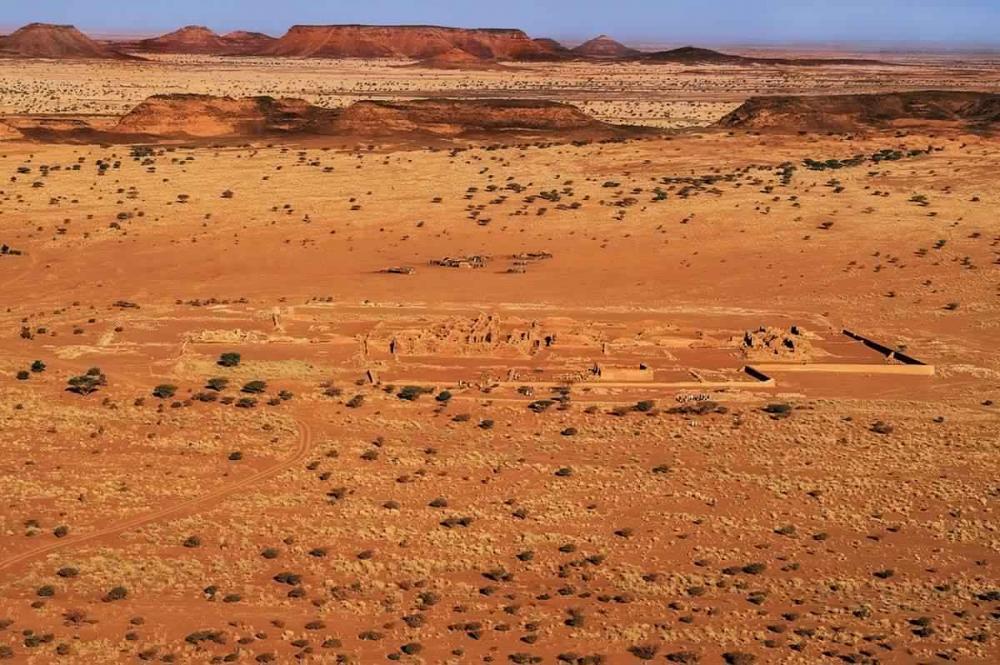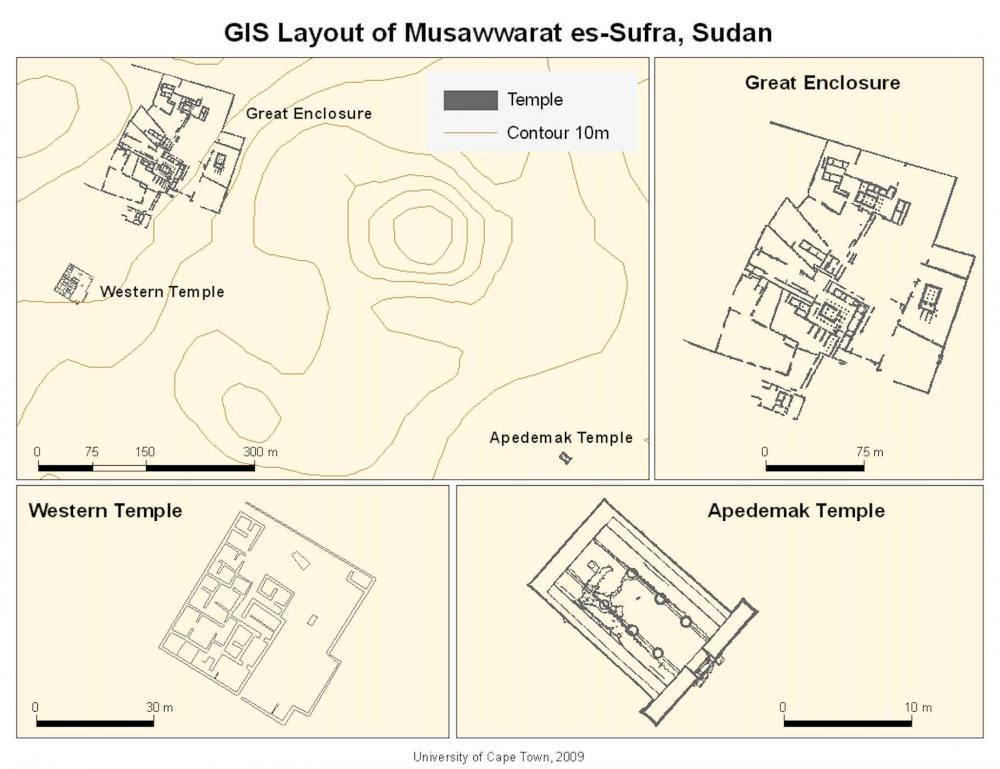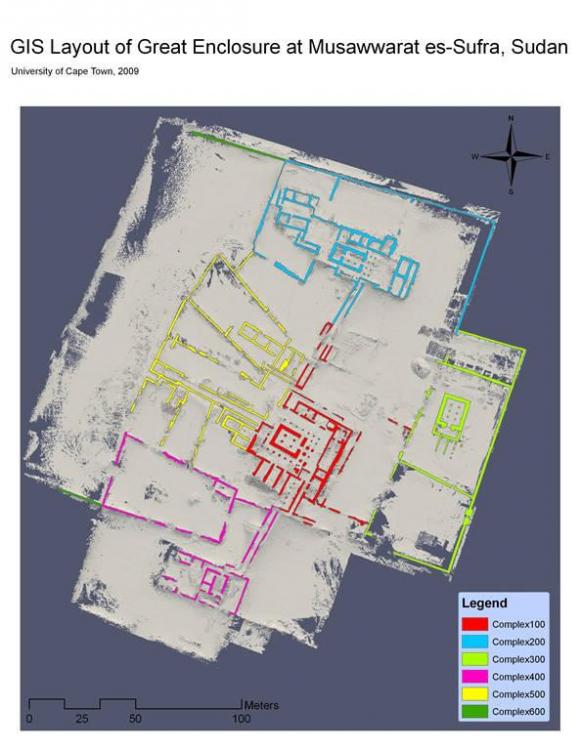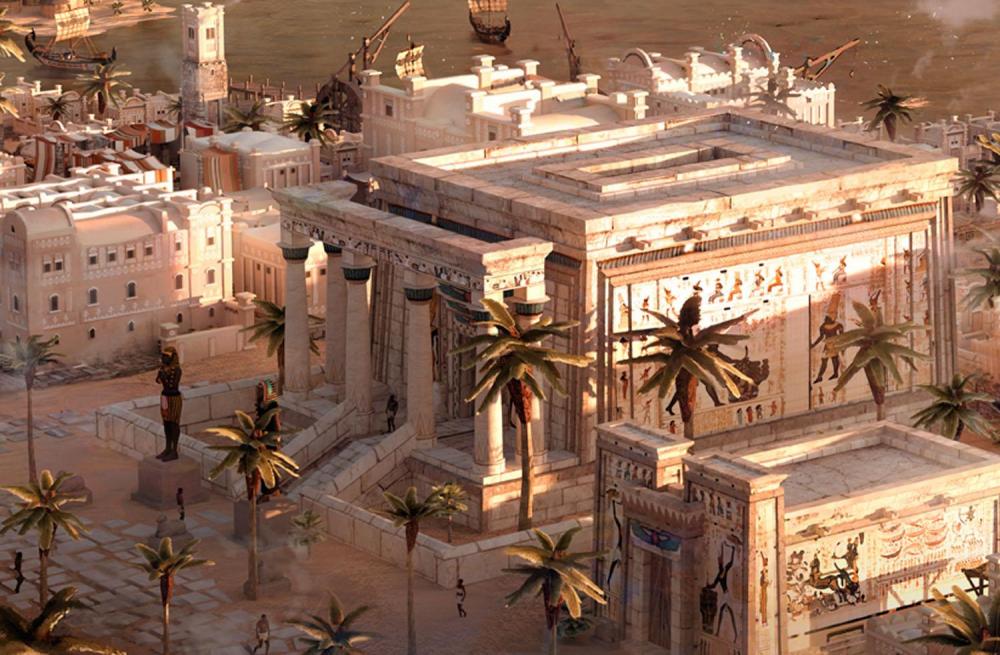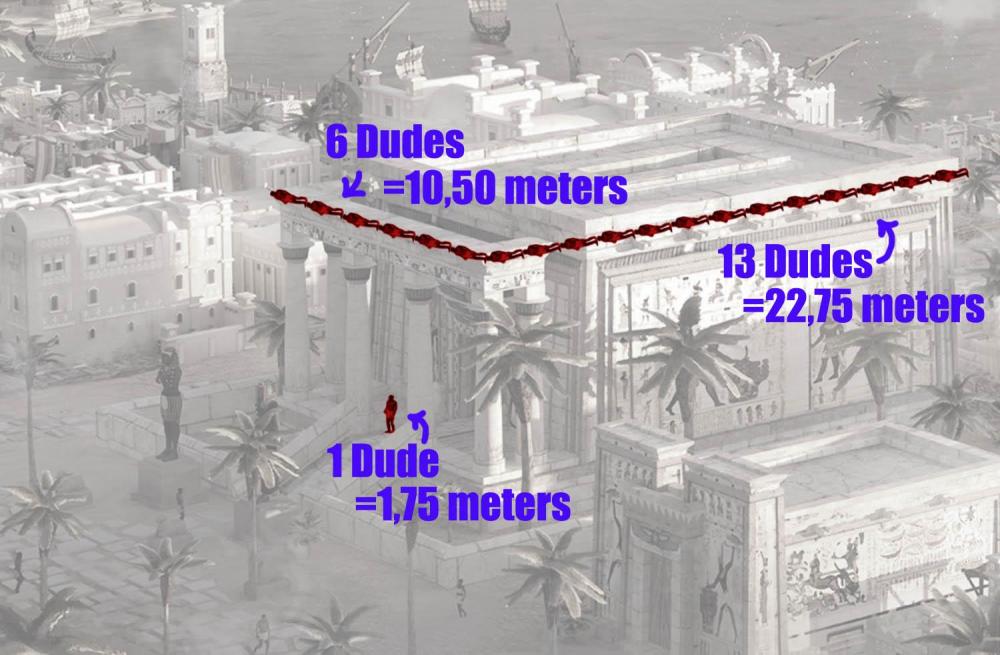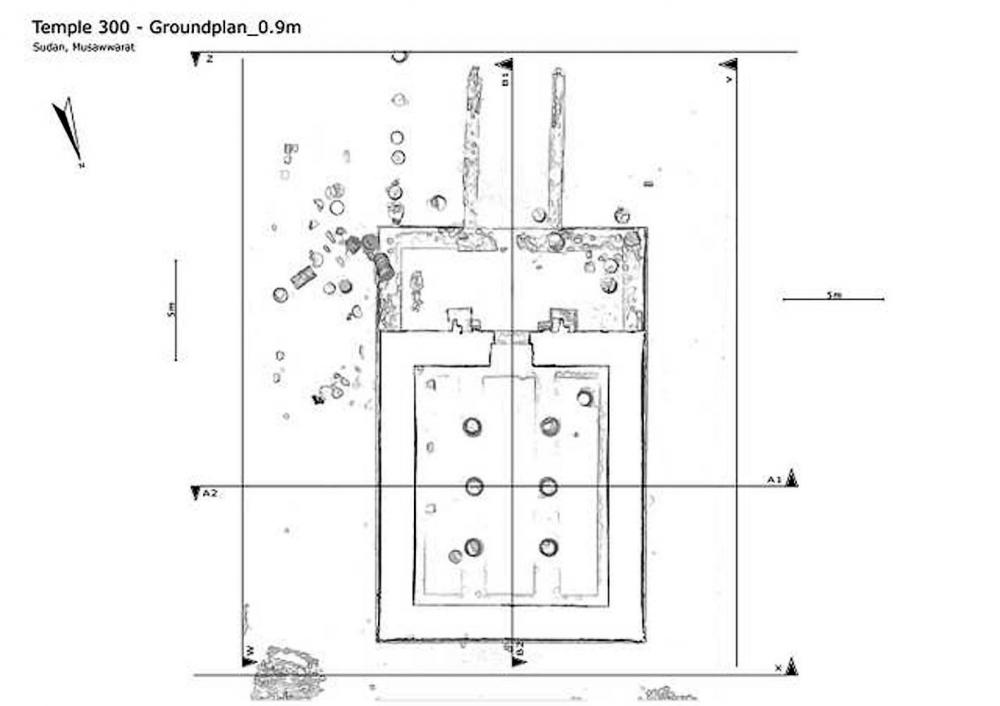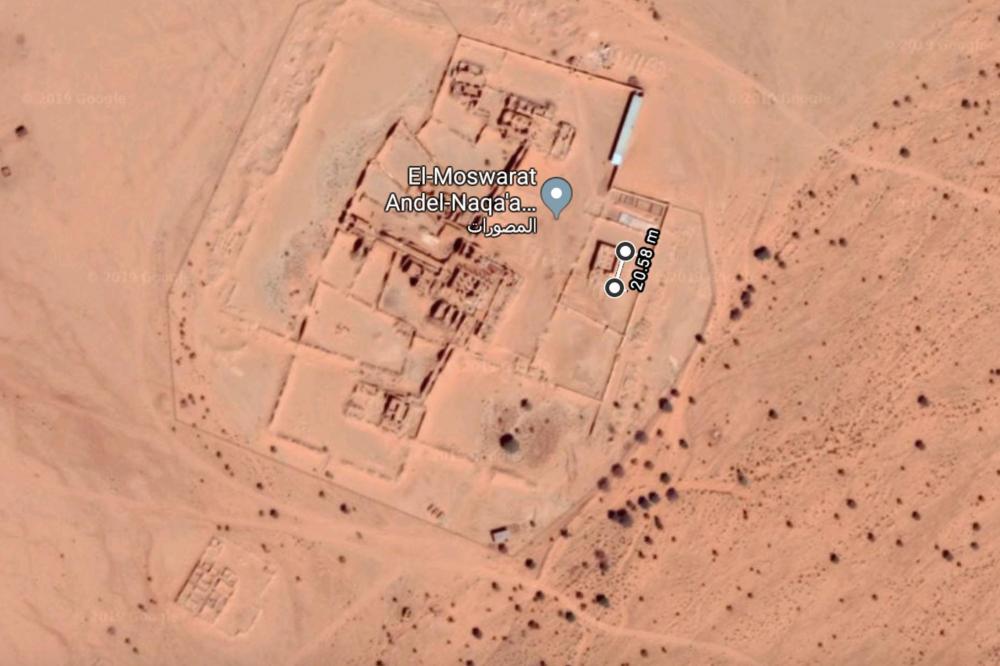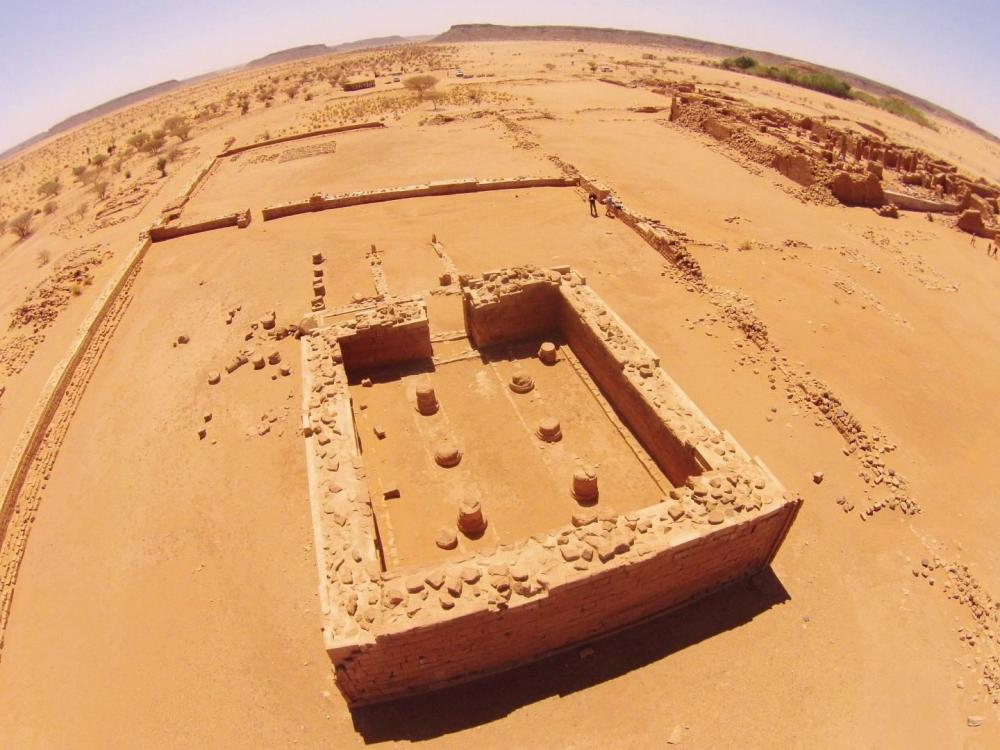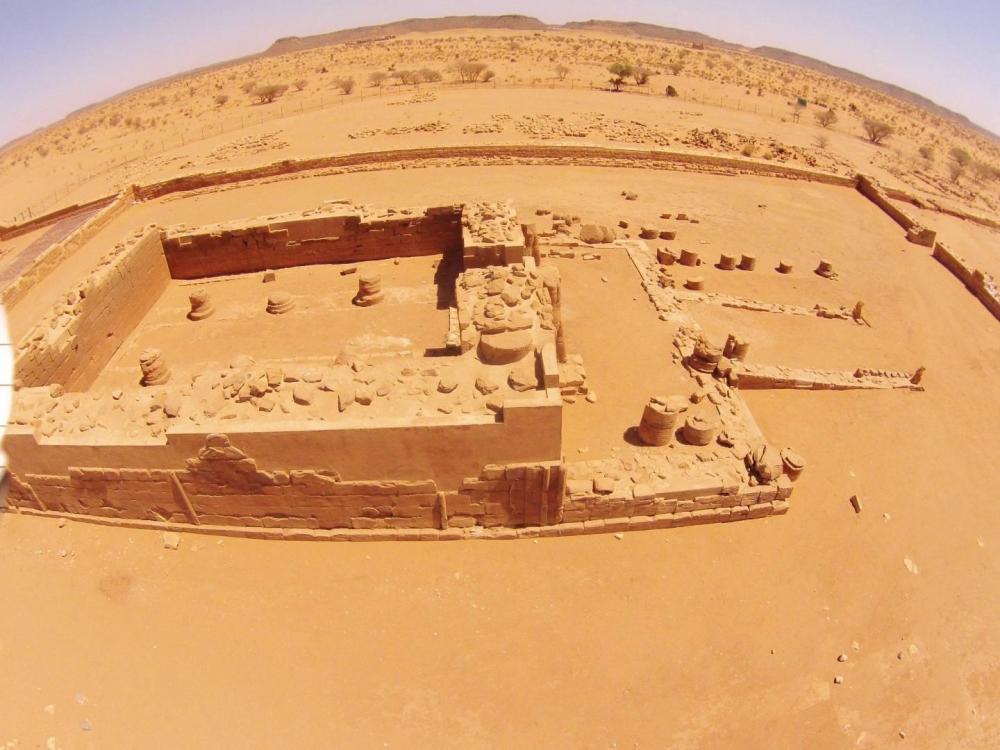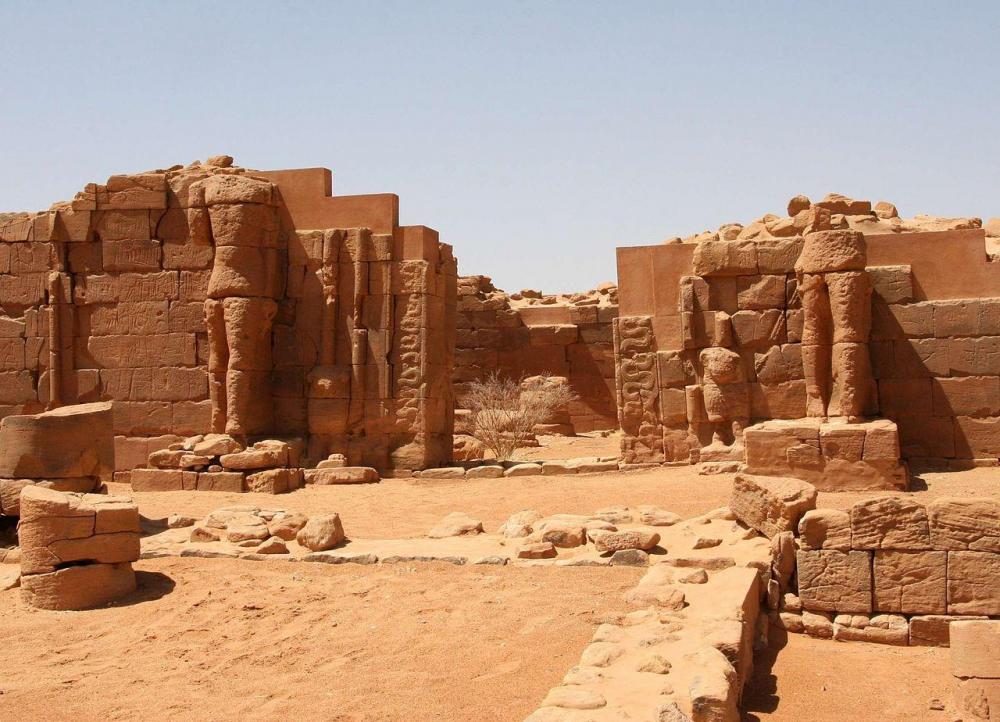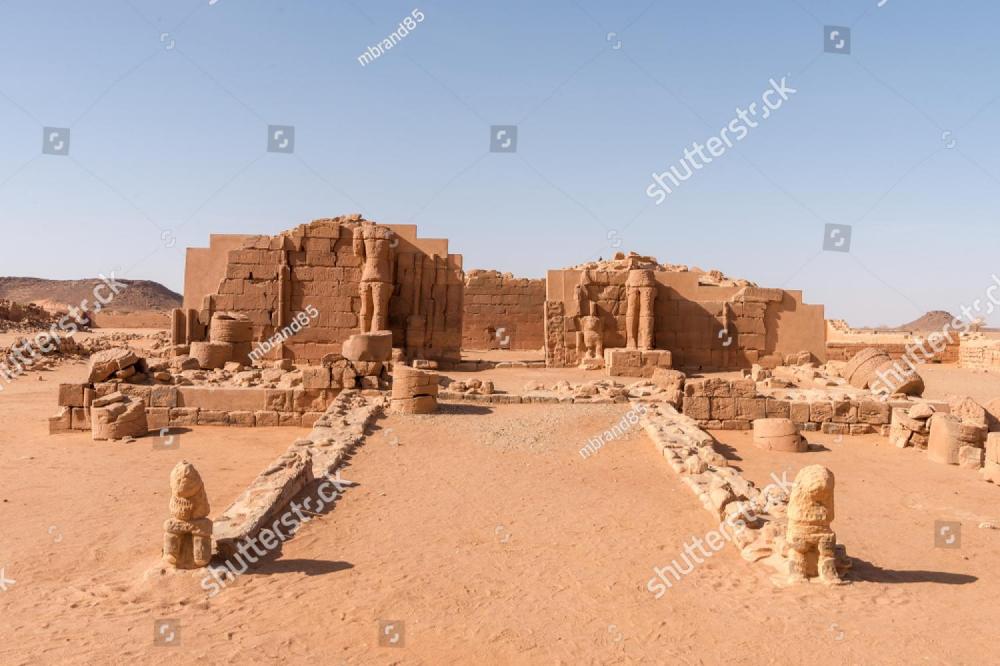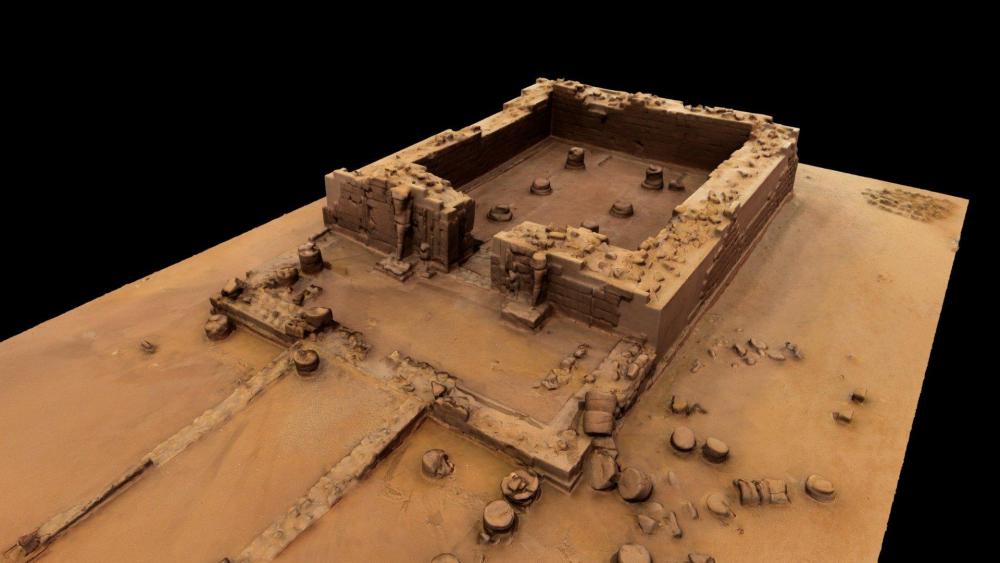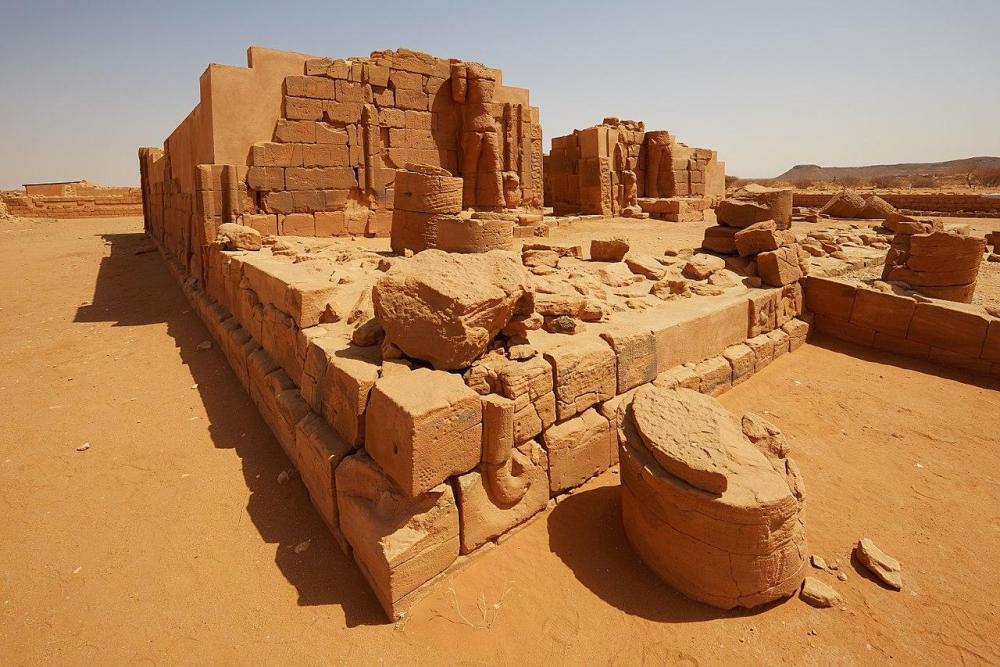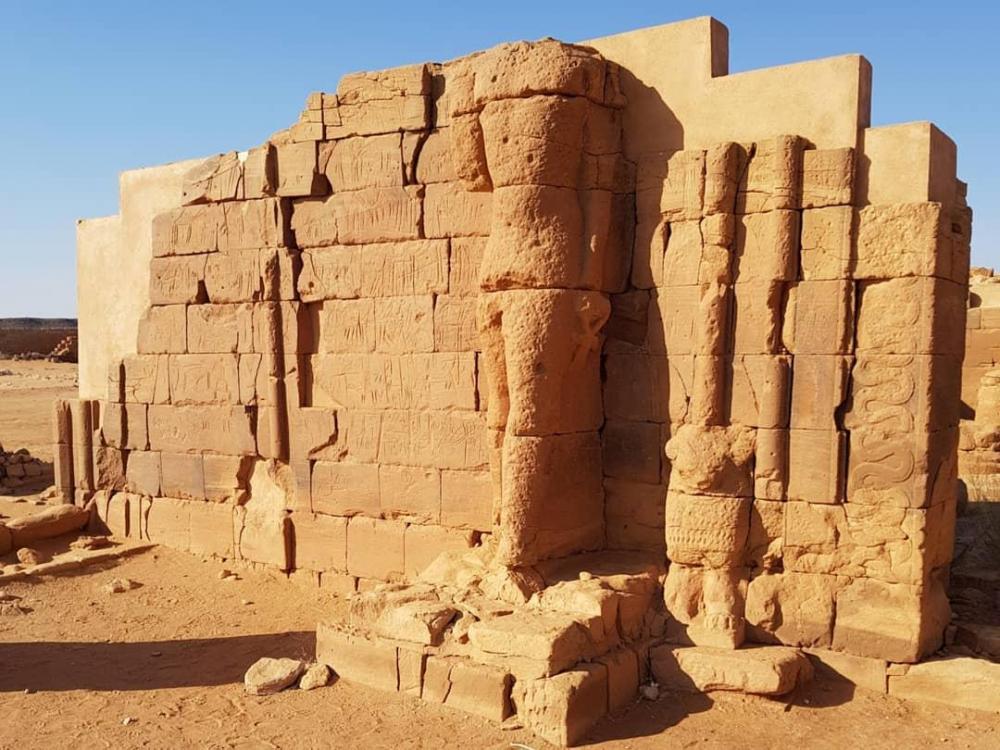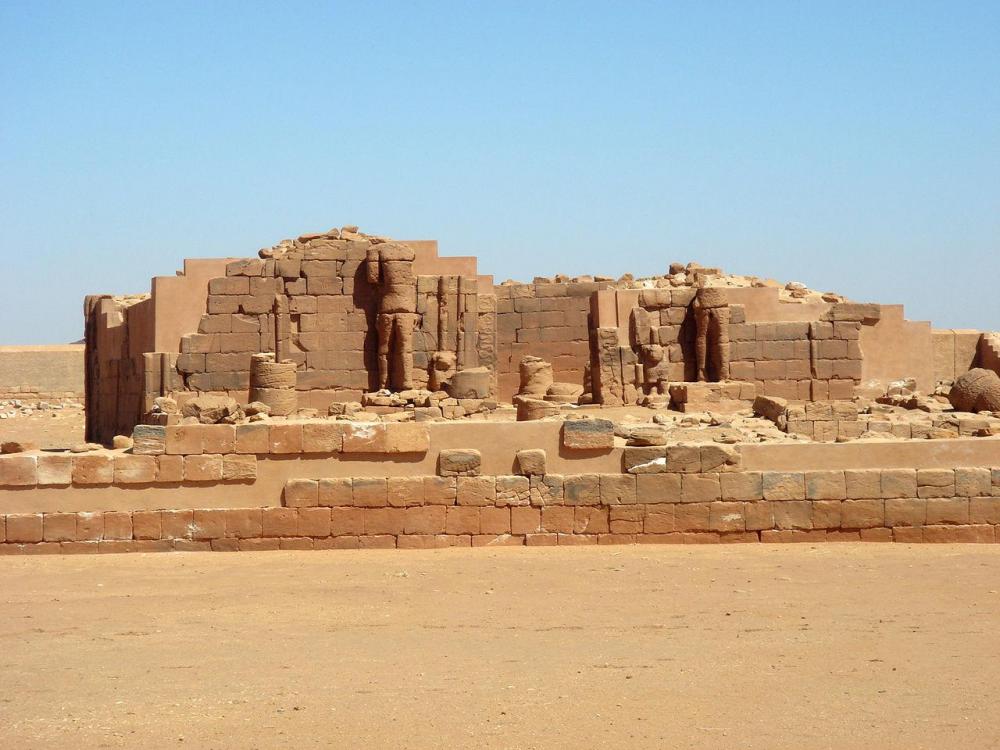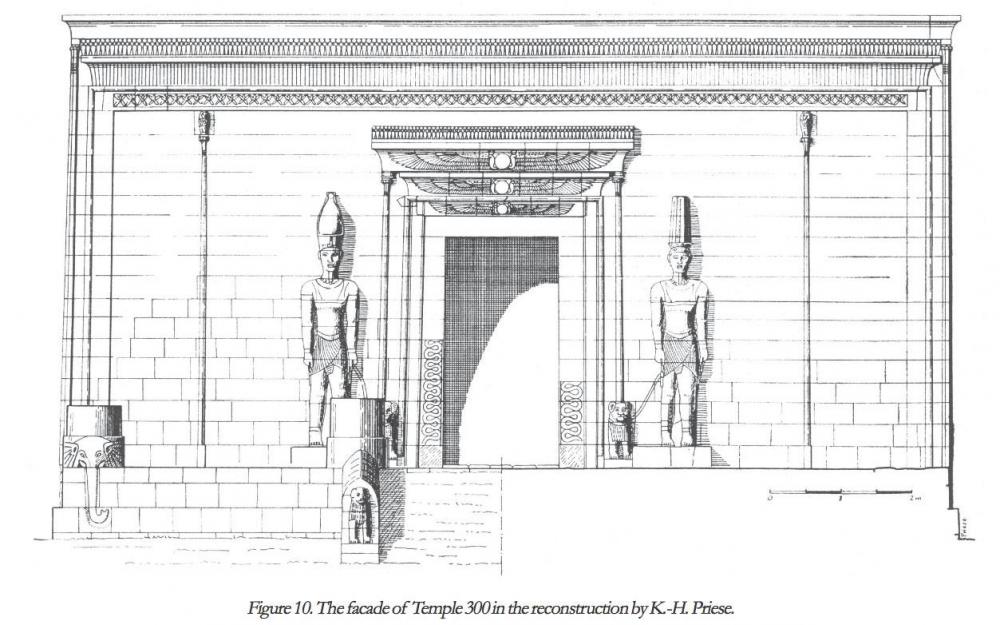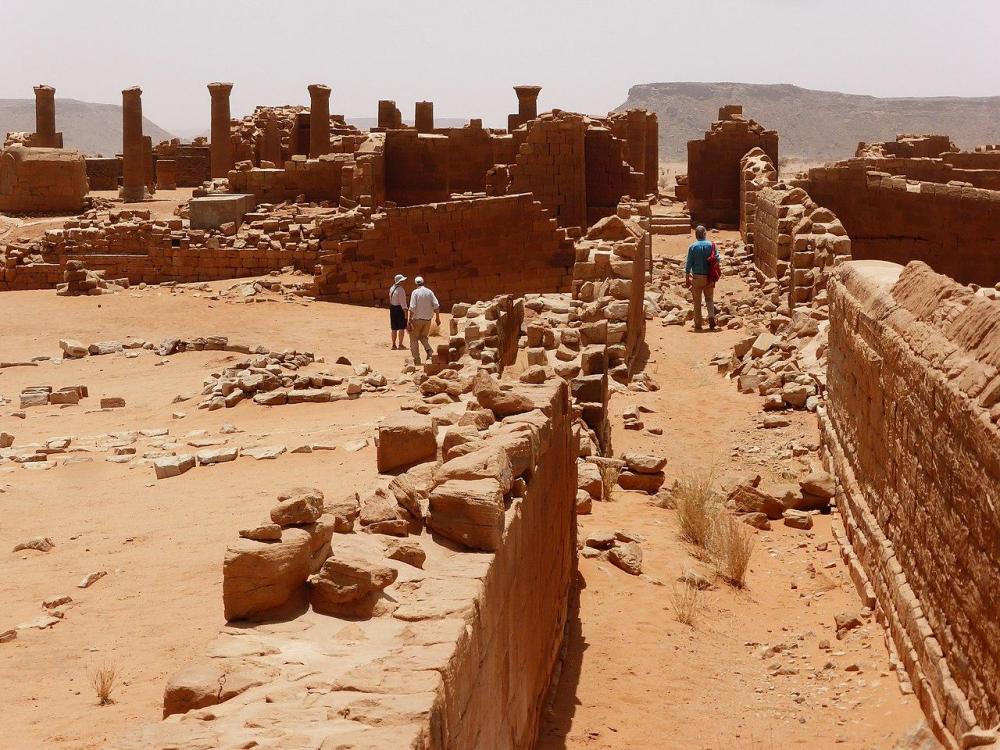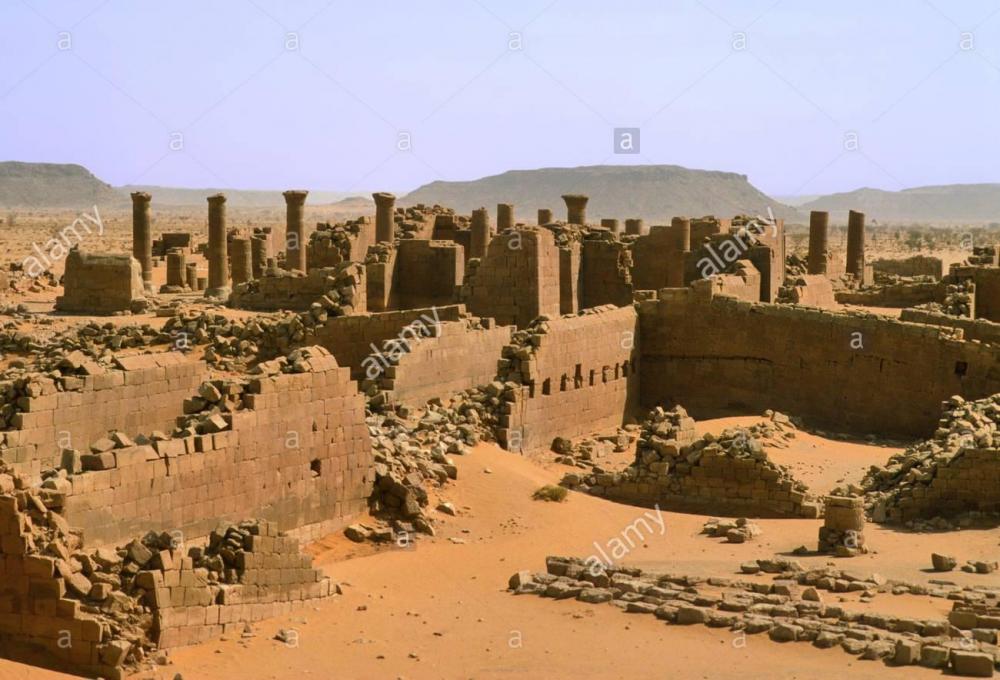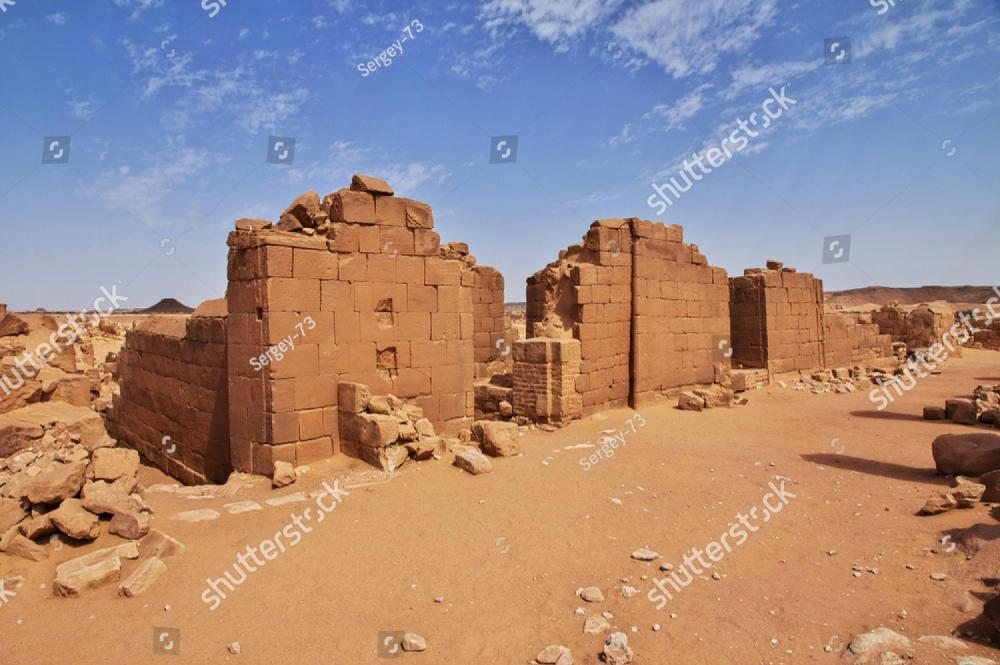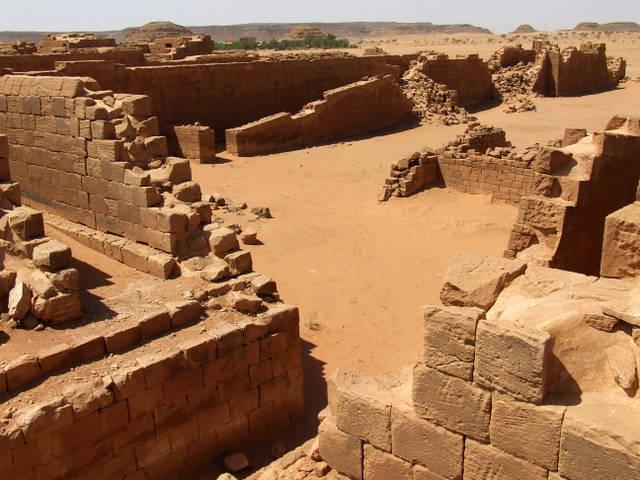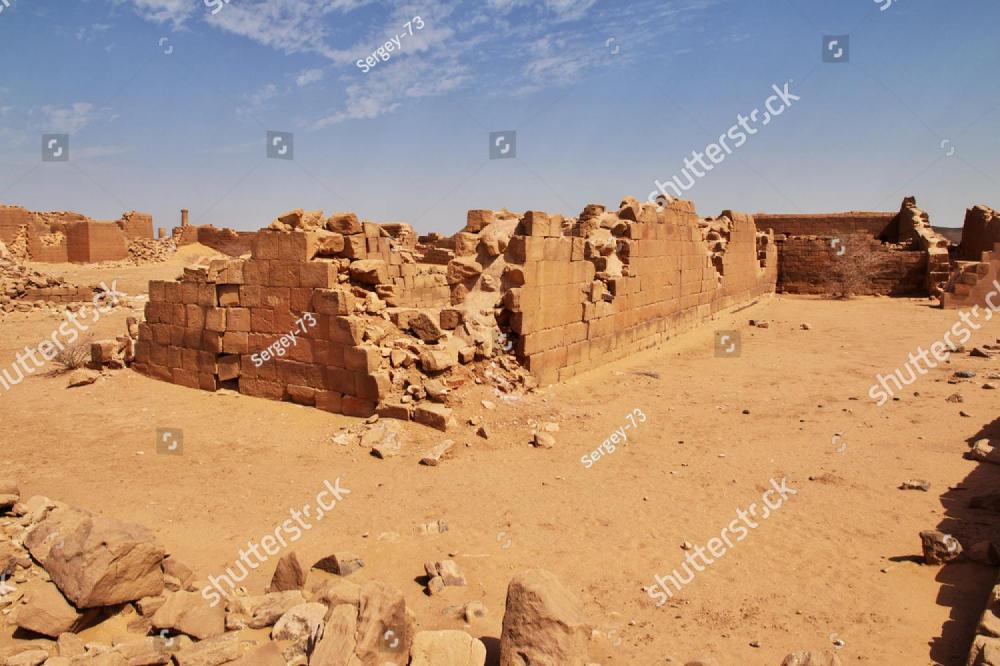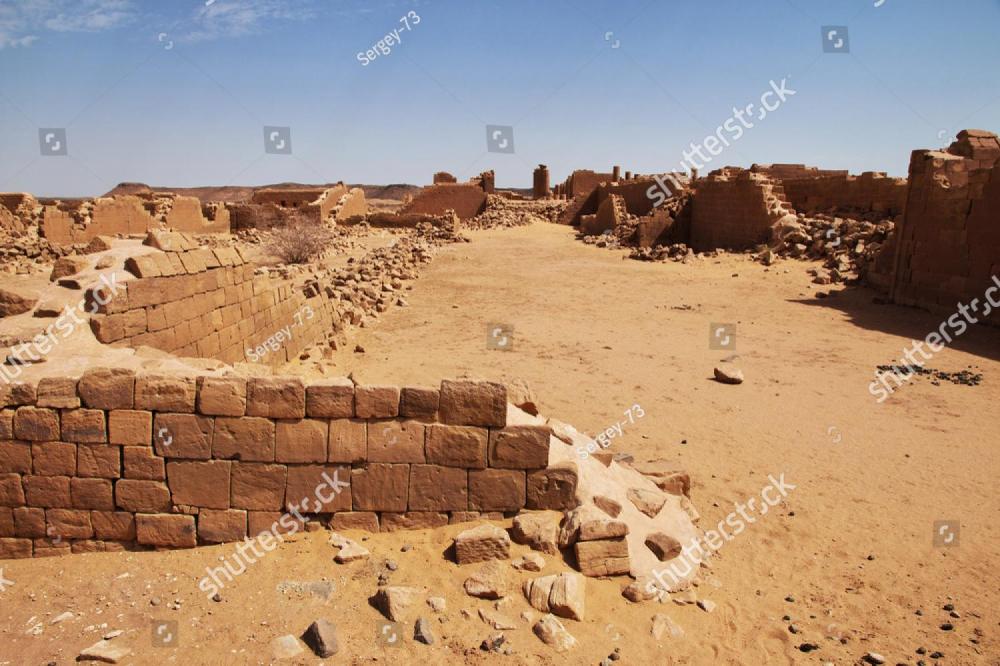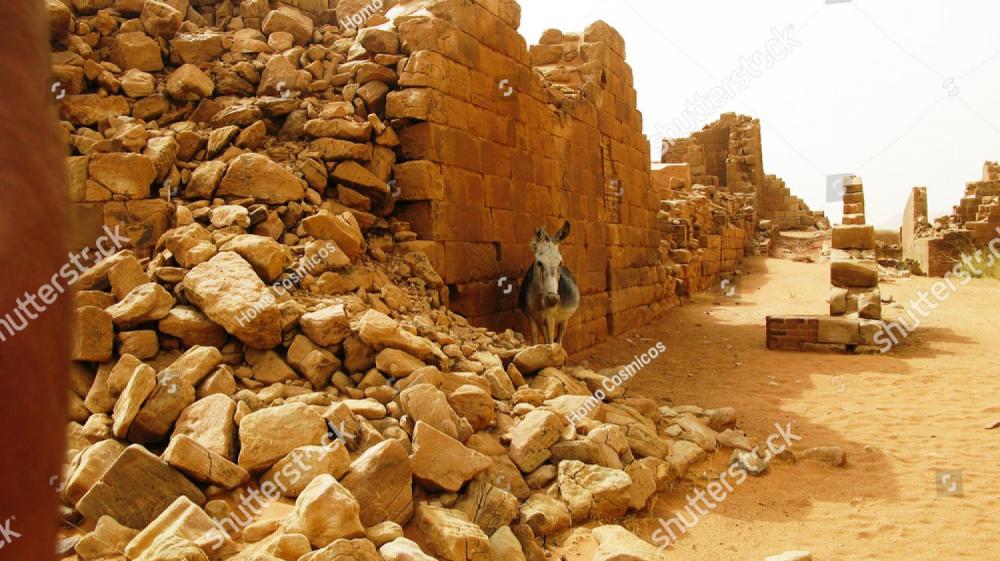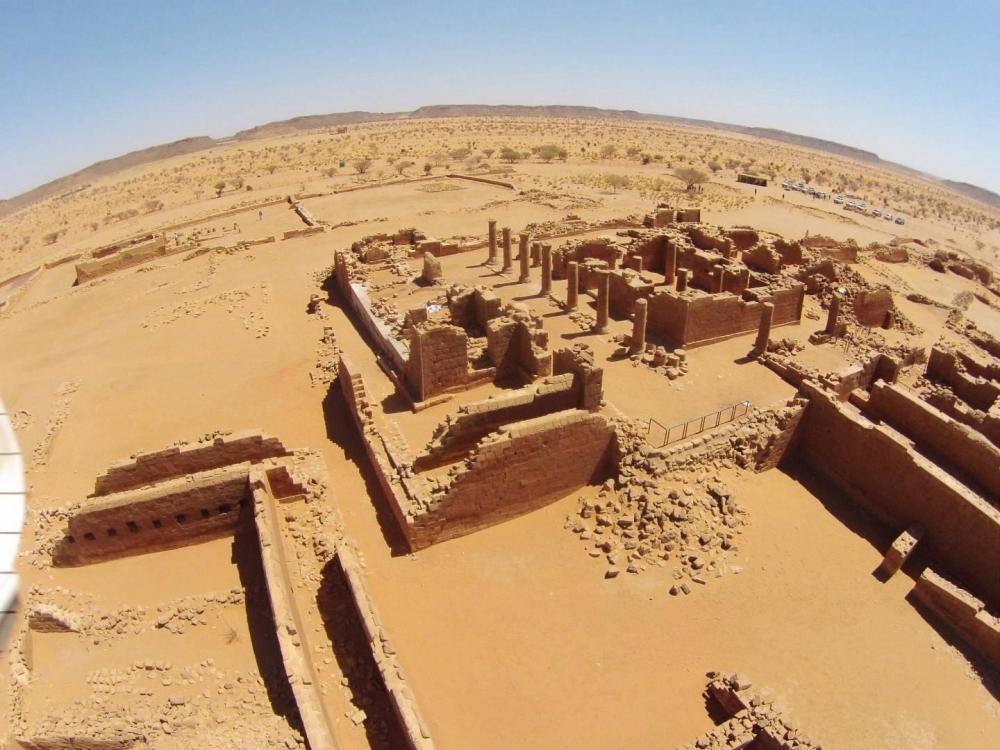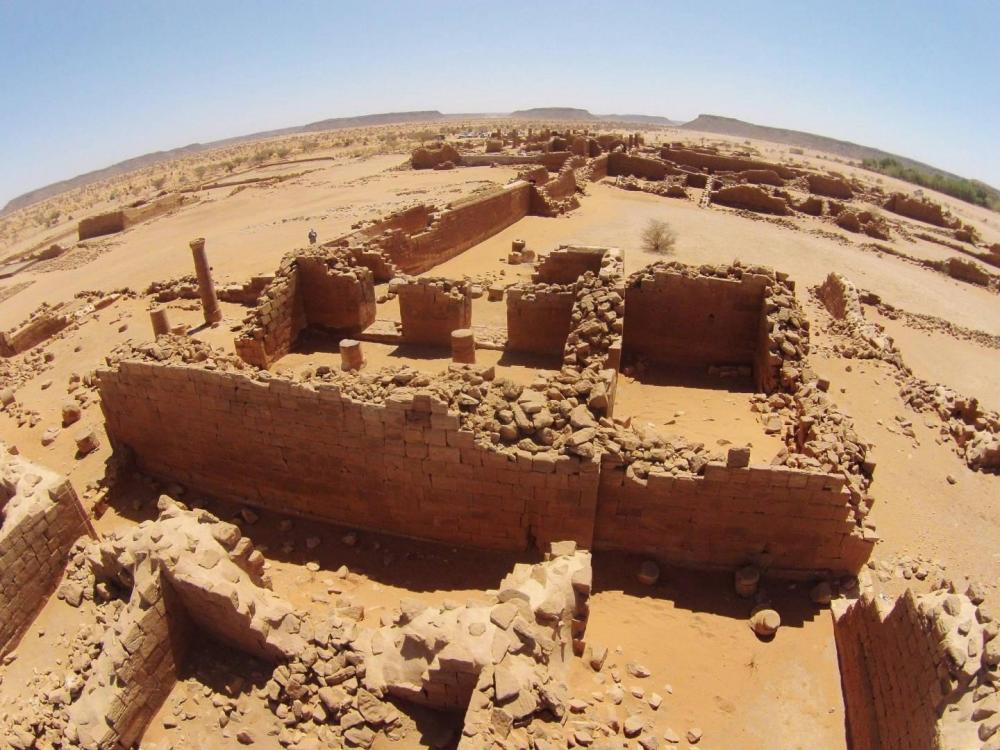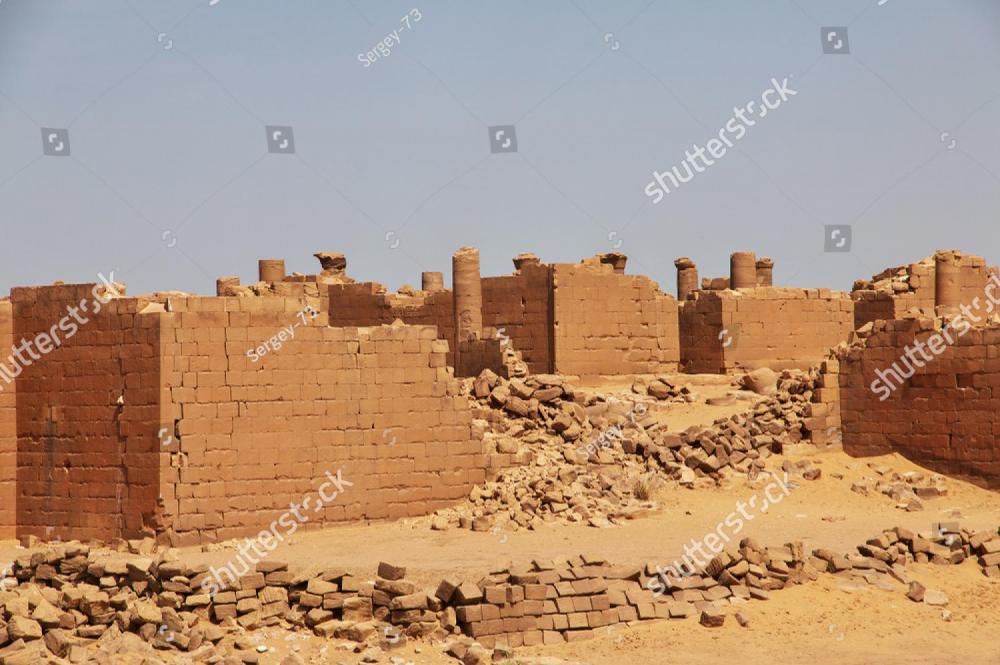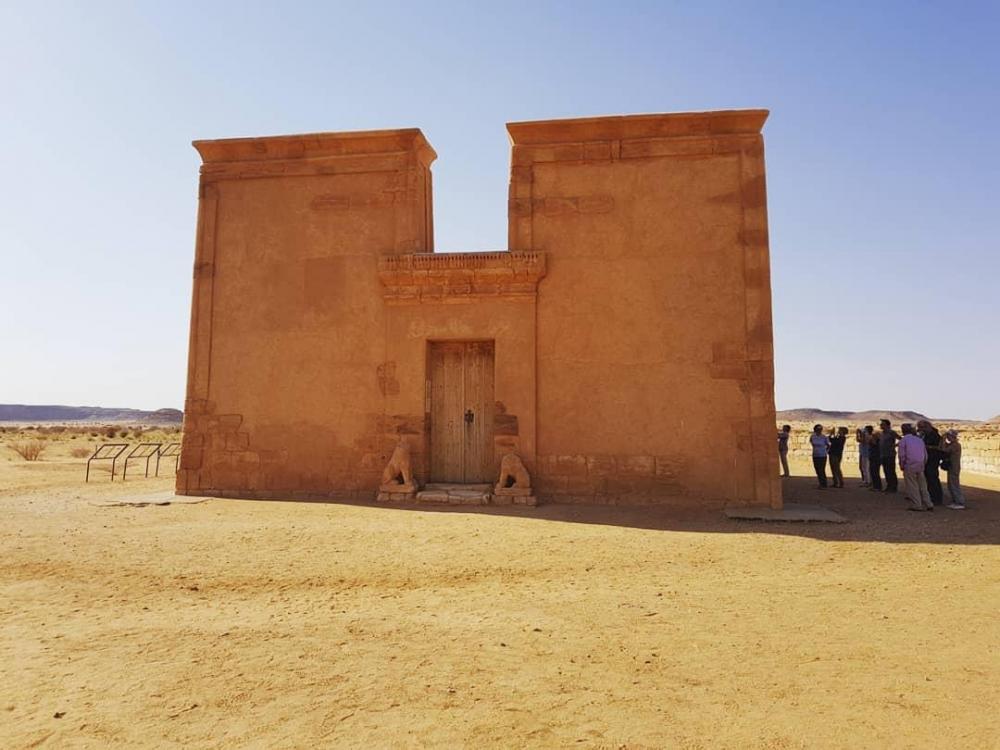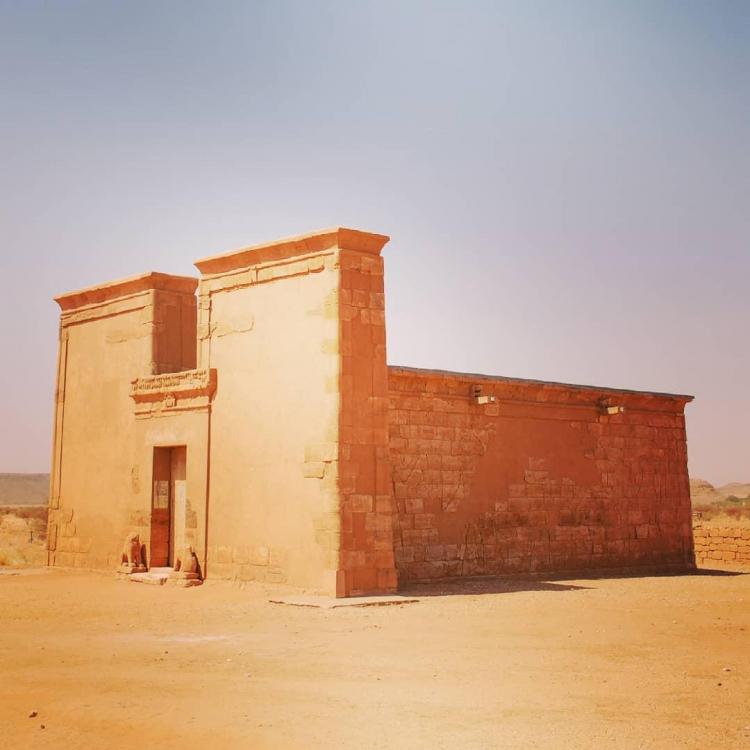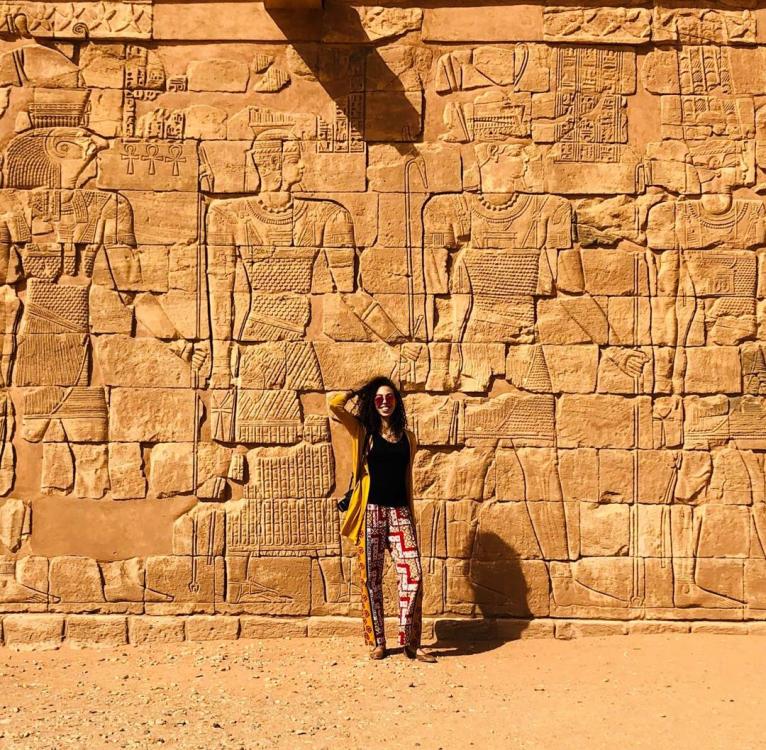Leaderboard
Popular Content
Showing content with the highest reputation on 2019-11-24 in all areas
-
Hi guys, Thank you all to be a part of this. 0 A.D. has a great community. SPG 1v1 Tournament is finished. Today, we proudly announce our Champion. Congrats @Stockfish. Special thanks, @Feldfeld @ValihrAnt @psypherium Wycombe and all other participants. You can check the first post for the replays, brackets, commentaries and the final leaderboard. Have fun! @camel @Boudica @ffffffff @JC (naval supremacist) @Unknown_Player @borg- @chrstgtr @Lefo @Pudim @Philip the Swaggerless @Stockfish @PhyZik @itrelles @nani @Hannibal_Barca @LeGenDz @phoenixdesk @LANDLORD @kizitom @mord @user1 @elexis @Stan` @SaidRdz @Emperior @Emacz @Dunedan @Ivaylo @yilmazgng @go2die @MorTak @Imarok @sarcoma @Lion.Kanzen @D_D_T_ @R4PT0R @Servo @Itms @coworotel @badosu @sphyrth @wowgetoffyourcellphone @faction02 @feneur @Issh @PrincessChristmas @RolandSC2 @Jofursloft @CAGD_lulofun @HirnWolf @Dakara @thankforpie @mgx @ffm2 @andy_beauty @King_Soly @Ammaz @carthage *** If you want to be in the notification list, or not, send a PM so I can add/remove your nick.4 points
-
4 points
-
Who say it was going to be cheat? ITS CIENCE, maurya will have them and will overpower all the succesors. End of the message.4 points
-
Thank you for making it possible @HMS-Surprise Thank you to all players who played. Well played to all3 points
-
I do believe those long lances were held with 2 hands, also need to be held close to the body, they'd have a fair bit of inertia to them in the galloping cycle, and would be bouncing all over the place otherwise but good! your older animations are starting to pale in comparison to your new ones I have to say3 points
-
Now we need an elephant unit carrying the maurya double decker tower, carrying elephants, carrying the double decker tower, carrying the elephants again.3 points
-
3 points
-
Kerma, capital of the First Kingdom of Kush, c. 2500 BC - 1500 BC As with the previous post, most of you will already be familiar with the site. Kerma was the seat of a Nubian state that the archaeologists refer to as the Kerma Kingdom, or the Kingdom of Kerma, and the associated culture as Kerma Culture. The capital was located in Upper Nubia, between the 3rd and the 4th Cataract (close to the third) This is the first Sudanese Kingdom that the Egyptians referred to as the Kingdom of Kush (k3š), a name which stuck for almost 3 millennia. These people were contemporaneous to the Middle Kingdom, the Akkadian Empire, the first Kings of Babylon, the Minoans, the Indus Valley Civilization and Stonehenge. They even predate the Mycenaeans. Its predecessor, Pre-Kerma began around 3500 BC, itself the culmination of even earlier sedentary traditions in Northern Sudan. The Kerma Period of Kushite history is important with regard to understanding the origins of advanced material culture, architecture, monumentalism, religion, state-hood and militaristic expansionism that predates the Egyptian conquest of Kush by more than a millennium! Kush, usually conflated with vague concepts of "Nubia", has often been seen as an irrelevant "adjunct" to Egypt. This outdated narrative is being entirely abandoned by modern Egyptologists and Nubiologists alike. Kerma Kushites actually ransacked the Middle Kingdom. The Egyptian Middle Kingdom fortresses in Lower Nubia, including Buhen, widely regarded as the most impressive fortifications in the world at that time, were all conquered by these Kerma Period Kushites in their earliest recorded march on Thebes. Elaborate Egyptian statuary which was looted during the campaigns were placed in the tombs of Kerma rulers, and testify to these early military incursions with relative success, as do the inscriptions in the tomb of Sobeknakht, an Egyptian official who recounted the counterattack against Kushites at Elkab, a mere 65 km south of Thebes, the embattled Egyptian capital. Incredibly, a looted vessel belonging to Sobeknakht was actually found in a Kerma tomb, illustrating that Sobeknakht's already finished tomb had already been looted by the Kushites prior to the Egyptian counterattack, and the inscription in the tomb was made after the counterattack, and the refurbishment of Sobeknakht's tomb. Here's something incredible to think about: The most famous of the looted Egyptian statues in Kerma Period Kushite tombs is the elegant statue of Lady Sennuwy, found in Kerma, Tumulus K III, hall A, a large 70 meter diameter mound with many rows of halls (often called "apartments") filled with burial goods and sacrificial offerings including humans (the largest tumuli reached a diameter close to 130 meters). This statue of Sennuwy comes from Asyut, Upper Egypt, a whopping 216 km NORTH of Thebes on the border of Middle Egypt. The implications are potentially far more significant than the inscriptions from Sobeknakht's tomb, but most academics have so far been shy to draw any conclusions. The Kerma Tumulus K III, dates to c. 1786 BC -1650 BC, which directly abuts the beginning of the Second Intermediate Period of Egypt: c. 1650 BC – 1550 BC! There's definitely still some untold history here... I did some compositing of other people's work Kerma: "making of" I watched a nice video on an exhibition on Kerma period Kush: Took screenshots of the panoramic shot of the city: Stitched them together: Cut out the city. Did some color corrections. Separated the front part of the city from the back part. Applied blur to the back to emphasize sense of distance and scale. Worked in a panoramic savannah shot as the background, and blurred it a little more than the back part of the city. And some other random stuff. Tadaaaa: @LordGood, I was like: I aLsO mAdE tHiS mEmE [insert upside down smiley] Map of central Kerma (This site was walled, and surrounded by more palaces/royal/elite compounds, agricultural villages and huge cemeteries with monumental chapels. Kerma is obviously important for many reasons. One of the things which Kerma tells us is that Kushite monumental architecture had started in Sudan more than a millennium before the Egyptian conquest of Kush. The Western Deffufa still stands to a height of 18 meters today! The Eastern Deffufa (Temple K II) is usually overshadowed by the larger one pictured above. But the Eastern Deffufa has it's own charm, if you realize that you're looking at a 3750 - 3480 year old monument: The magnificent faience lion-inlays come from this mortuary temple. So does this sandstone ceiling block with faience rosette inlays: Temple K II, the Funerary Chapel, a.k.a the Eastern Deffufa during the excavations of George A. Reisner: Another similar chapel on the map next to some of the biggest Tumuli (Temple K XI): As you can see, some of these "mudbrick" temples were actually encased in sandstone! The insides were plastered and painted, sometimes with addition of elaborate faience inlays! Note the staircase, probably leading to the roof, just as in the Western Deffufa. Temple K XI Take note of the use of cut stone columns! This is very significant as it shows us that columned structures, just like so many architectural features were already a feature of Kushite architecture centuries before the Egyptian occupation of the area (and centuries before columned structures appeared anywhere on the European mainland). Plan of the Eastern Cemetery: There are c. 30.000 tumuli in the cemeteries of Kerma... I have the distinct pleasure of presenting you with the highest quality pictures of some of the largest Kushite Tumuli ever to be indexed by Google I have looked for these pictures for almost 3 years! They're incredibly rare. I finally found them in the original excavation reports by George Andrew Reisner himself! The largest of these Royal Tumuli were absolutely huge! Probably not very tall, but huge nonetheless. Reisner, George A. Excavations at Kerma Vol II, Cambridge, Mass. 1924 http://sfdas.com/publications/ouvrages-specialises-en-ligne-ouvrages/article/excavations-at-kerma?lang=en Enjoy! Kerma Tumulus K IV Kerma Tumulus K III (The one where the looted Egyptian statue of Lady Sennuwy was found): The stolen damsel herself appears. Lady Sennuwy still located in the land of her captors, more than 3500 years later. Fully excavated statue in situ: Funnily, the Egyptian statues of Sennuwy and the less well preserved example of her husband Djefaihapi, aren't even the only Egyptian funerary statues in Tumulus K III. Other Kerma tombs also contained Egyptian statuary. Kushites were even known for looting Ptolemaic and Roman statues in later times as well. Stealing statues seems to have been a national pass time... Definitely an expression of power by Kushite rulers. From K III: Kerma Tumulus K X And here's a museum restauration of a much more modest tumulus: This one is a family affair: Kushite bronze daggers, some of them the size of short swords, from the tumuli at Kerma. Kushite Ivory inlays of Taweret, an Egyptian goddess, illustrating very early forms of syncretism: Take note of the knife/sword she is holding: Actual examples of such knives/swords from the tumuli at Kerma: photographic example: Lions were already central to the symbolism of Kush since the kerma period. Bronze lion inlays from Kerma: Incredibly well preserved sandals from Kerma, essentially identical to the later Napatan and Meroitic sandals (which often aren't as well preserved) Oddly appropriate artwork of Kerma Kushites "appropriating" articles from an Egyptian tomb during one of their raids or campaigns. The original Tombraiders. Perhaps not as sexy as Lara Croft, but at least as interesting... What is that guy doing with that axe??? Kushite burial customs: Raid on Buhen:2 points
-
You severely underestimate my long standing desire for classic AoE style ballista towers to be added into the game2 points
-
I like how it takes eleventy thousand years for one of my old ideas to come around again. Though, I think this would be better if done with Wall Towers too! Imagine wall towers initially only being wall joints, but then you can upgrade them to either arrow towers or scorpion towers.2 points
-
2 points
-
I was playing with some friends, and we got a bit tired of needing to build a market to get a upgrade and then seeing what my other teamates see. So i tought: "maybe theres a mod that already have that tech (cartography) researched from the start. Maybe you guys can help me out. Sorry for my bad english.1 point
-
Hello everyone, This weekend I attended an open source event in Toulouse, France called the Capitole du Libre. It’s a free event that a lot of FLOSS project attend. It’s organized each year around the same period at the ENSEEIHT by a team of volunteers. I was supposed to meet @wraitii there, but unfortunately, he couldn't make it. Maybe next year! I met quite a lot of people there, including potential new players you'll probably meet in the lobby. I asked two C++ programmers if they could have a look at D14. They said they’ll try to find time to do so soon. I had a chat with the teachers of the ActivDesign art school. We already have two infiltrated students here on this forum. We discussed potential contributions under the form of mods (They have a lot of game design students, and also some artists) and the continuation of the guide project, so stay tuned. I also had a really nice time with the guys at Khaganat , ./play.it !, Otterways, Framasoft and a few other artists like the very talented David Revoy. (Who knows, there might be a Pepper model in 0 A.D. in the future) We had a long discussion about Open Source around a few pizzas I also met with one of Godot's team member StraToN who is looking forward to @vladislavbelov's presentation at FOSDEM in February. Since they did not get many applications, I will try to contact the guys at STK, and Spring 1944 to see if they'd like to talk about their games there in the devroom I also met with the person behind the GLTF2 exporter for Blender which is also a very talented rigger and gave me some advice for the partridge. I believe it would be nice for 0 A.D. to switch from DAE/PMD/PSA to GLTF2 in the future. He is currently using our blend files to stress test his exporter. During all the weekend computers were made available and people played 0 A.D. on them. There was also a LAN party on Sunday afternoon but only two people played. Someone asked me to help him figure out how to mod the game for an association of his. If this is an interesting topic, I might propose a "Mod 0 A.D." Workshop at the next Open Source event I attend. I tried to make 0 A.D. run on a Jetson nano to test @Itms's (D2244) patch following the discussion here, but we ran out of time Compiling on such platforms is really slow. I also had a chat about SpiderMonkey at the Mozilla stand. We also had a request for a PeerTube 0 A.D. presentation video in LSF (French Sign Language), so if anyone is up to it let me know. We might provide one in other Sign Languages as well. I also had a presentation prepared but I couldn't unfortunately speak because of a schedule issue. You can find the slides below. See you soon at FOSDEM in 2020 ! Capitole du Libre 2019.pdf1 point
-
Congrats @Stockfish, thanks @HMS-Surprise and all involved!1 point
-
A new 0 A.D. video from Raptor (no, it's a different Raptor) has got 160 thousand views so far:1 point
-
Clearly, they still have enough power to thrust deeply their enemies. They simply cannot use the whole momentum, they needed to be a little loose on the hit to not lose their weapon or to be unhorsed. This is why I reacted to the animation of a hetairos holding the lance like a knight would, with a very strong grip. Btw, a depiction here of a possible strike during a charge:1 point
-
1 point
-
1 point
-
Moreover, without saddle and stirrups, it is impossible to transmit the whole kinetic energy of the horse and the man with the lance without being projected during the contact.1 point
-
I would actually contend with the idea of that that type of lance would require a two hand grip. All of the images you posted lack one critical detail, the massive counterweight. Also, none of those seem to be from the successor kingdoms. Furthermore, the Alexander Mosaic clearly shows Alexander holding a lance of comparable length with one hand. That work is considered to have been a copy of a Hellenistic painting, making a valid piece of contemporary evidence for that kind of fighting style.1 point
-
@wowgetoffyourcellphone I pushed some fixes in a pull request. If you merge it you'll be able to start fixing the other stuff. The gui will be back. Can you create an Art Dev Task Thread for DE ? I noticed a few things could be improved easily, and that would give some stuff to do when I don't have much time. Why didn't you use my modified version of @Basshunter's gaul statue with props and whatnot for instance ?1 point
-
1 point
-
Merged your changes thanks! About the statue, I just think it slipped through the cracks. Got a link?1 point
-
1 point
-
Also crusader 2 is a travesty, no thanks I dont have any higher hopes for warlords either1 point
-
1 point
-
1 point
-
Honestly, not really... I'm not the biggest fan of artillery towers for non-Greco-Roman-Carthage civs, but you circumvented that quite smartly with the Mauryan towers. It fits them well. I'm not sure the same should be done for Kushites. For some ideas, just for the sake of it I think that the bastions of the Royal City in Meroë would have been plastered white, while the bastions of more functional fortifications like Gala Abu Ahmed were drystone, with some of them still having evidence of mud brick parapets. I've seen an example of later Christian period fortifications of drystone towers still reaching 7 meters, suggesting some of the bastions may have been entirely drystone. Check this out, surviving parapets from the Medieval period: And I found a date for this one, it's a 13th century Christian fortress (el-Khandaq): They could help interpreting earlier Kushite fortifications using more or less the same techniques. Me butchering your blender model and resorting to photoshop to "finish" it: The drystone to parapet ratio is closer to reality here, and I removed windows from the drystone and added them to the mudbrick parapet instead. I'm actually more concerned about siege equipment for the Kushites. Particularly a battering ram, or tunneling/sapping (subterranean bolt shooter principle). I can't find anything in terms of references though... Only Egyptian stuff, and even that is virtually non-existant. Basically a frame covered by animal hides (cow hides) and carried, rather than rolled on wheels. Sorry, I can't be of more help. References of freestanding artillery tower derivatives is something I sadly can't produce.1 point
-
Congratulation on your victory! Your main issues are the following (in order in which they appear in the game): - you send your women to food collection, however, thanks to treasures, you have already plenty. So it would have been better to send some either to build your first house or to collect wood. - making bigger batch at the beginning would help you to grow your population faster, also, you are likely not to be rushed inthe first few minutes of games (especially by Petra, Petra is nice). Since women are trained faster than men, you can increase your population faster by training only women. - buildings should be always training units until max pop, it is important to start as early as possible to train in your cc; - for your wood collection, you might wait before making your first storehouse if you want to do something special with food. In this game, you won't be making fields anytime soon, thanks to treasure. Putting a first storehouse between wood and stones would have been nice. As brit you will want to have one there pretty early, so that one would have save some walking time to your units; Around 2:00 - you started to make your fields too early. You still had plenty of food in stock and the emergence for better growth was to get the ressources you needed the more: wood. Getting more wood fast would allow you to make the wood upgrade earlier and potentially a barrack too. The first one would improve your wood income that you needed and the second one would help you to increase your population faster; 2:20 - when you women get out of cc, they were iddle. Click on you cand define a rally point on wood so new units will never be iddled. You can always redicrect them if you are not busy when new units arrive; 2:50 - you didn't have enough houses. That 's probably one of the main issue when starting the game. It delays your growth a lot. Some players keep 1 or 2 women on "house duty". Those women will always be building houses constantly. Having a few too many houses can be a solution too. A last option is to use units already busy somewhere to tell them to build a house, and then shift+click to assign them a new task just after they completed the house construction. 4:50 - you might want to make your barrack slightly further away from cc so you could put another field in that exact spot. Putting that barrack just slightly further would be better. 5:00 - you can see some elephants with your cav. Use it to throw one arrow to each of them, taking care that the éléphants don't get to close to you cav and kill it. Bring back you cavalry unit to your cc, the éléphants will follow. Use your dog then to kill the elephants safely andcollect the free food once the éléphants are dead using the cav.This is a quite fast way to obtain food with no investment (you don't need to invest wood or food to produce). Making a few more cav can be usefull to gather the food faster. Calvarly gather food much faster on hunt than other units, this is why players use them for chicken instead of women. The same apply to other hunts type. 6:20 - you went for an early phasing up to phase 2. It is usually better to invest those ressources into more units to have faster income. Also, economic upgrades are very important, especially the woodand food one. Pay attention to have your building continuously producing units. 6:30 - I noticed that you chose to put all of your houses in the same spot. Often people prefer to put them all around the field. So that in case of attack, you can "ring the bell" from cc. The Women then run to the closest house, which would then be quite close. You might also want to build houses in such a way that they would slow down an attack with sieges going to your cc and take the role of "natural obstacles" for enemy soldiers that would have lower range than your slingers (it is not the case here since you have archers as enemy) 12:00 - you have already plenty of wood in storage, you might want a second barrack to produce soldiers faster. Also you can notice that on this map, you have not so much wood available. It would then be a good idea to adjust your army composition to available ressources on the map. Replace skirmishers by slingers since those cost less wood and you have a second stone spot. Think about making a temple to train priest later. Those only cost wood, and can help you to save some soldiers later. Cavalry could also be an option to get a good military power at a low cost in terms of wood. Spearmen cost wood, but they have more armor and they can be used as meatshield later in game. They will help you loose less sligners an indirectly make you save some wood too. 14:00 - You might also start thinking about making trade with yourself to be sure yyou don't run out of wood later in game at this stage. 16:00 - you keep producing women. Usually about 50-60 women is a good number. You mainly use women for food production since htey are mor eproductive there. Then you also want to spread a few of them everywhere you have men working too. They will give your men a 10% speed bonus. However on this particular map with few wood, making so many women can be seen as an ok strategy since it gives you the possibility to increase your pop faster. You should also have made enough building by now to be able to phase to p3. 17:00 Notice ho your barrack became annoying for your women, they have to go around it everytime they want to bring back food. You should consider making a farmstead near the field which are not next to the cc, so women don't spend so much time walking back. 18:00 - Notice how much extra ressources you have saved , you should find a good way to spend it (more barracks, more soldiers, a new base forward, phasing p3+making fort, more upgrades...). 20:00 - For battle, it is usually better to get units in order. Formation could help you for that. You want melee units which have a better armor to receive projectile while range units target the enemy. You also want to group all your unit sbefore starting to fight so all fire at the same time. This will help you to kill faster the enemy and therefore receive less damage from the enemy too. 22:00 - you could collect the wood along the river simply by making a dock. You would reduce a lot walking time of your workers 27:00 - when attacking, it is usually better to bring with your sieges weapon to destroy building: rams from your fort. You could destroy towers while your soldiers kill units. Retreating was the best decision. On your final fight, notice how Petra send its units one by one. With a good army size, well grouped, you can easily win the fight even if in the end you would be outnumbered. You can probably improve a lot at this stage by trying to improve on your eco. Good players playing Brits can usually get to: - 100 units before minute 8 - 150 units before minute 12 - 200 units before minute 15 Keep those numbers in mind to try to get an idea about how good you are doing with your eco. The main factors slowing down eco are usually: - forgetting to make houses; - not constantly training from buildings (you can select all your units production building and do "CTRL+2", this would allow you then to monitor more easily whether your building are producing or not by simply pressing "2") - having iddle units. using SHIFT to queue more actions is the best way to solve this problem without too much stress; The link provided to you above is quite good. You have also plenty of enterntaining videos on YouTube. You can also get easily some advice while playing online. hf! P.S. Also, if you see a truck driving near you, keeping a safe distance if possible.1 point
-
1 point
-
Musawwarat es Sufra, and Temple 300 In the first of a series of reference updates, I'll be revisiting the site of Musawwarat es Sufra, central Sudan. Most of you will be familiar with the site, but I present here an updated post, which will include some fresh photographic delights. Temple 300, located in Musawwarat, and featured in the new Kushite home screen for 0AD, was recently the source of contention for one of our community members. It was supposedly depicted "unreasonably huge", "near-complete fiction" or perhaps even really Egyptian... This post will address those concerns in detail. Firstly, some history on Musawwarat es Sufra: Musawwarat es-Sufra was a large temple complex and cult center in the Western Butana, 25km from the Nile, 16km to the North of the Royal City of Naqa and 71km to the south-west of the capital city, Meroë. It’s located in the Wadi es-Sufra, a dry riverbed that can turn into a rapid stream during the yearly rains. The complex features temples, courtyards, a large water-reservoir, long walled corridors and possible workshops, kitchens, store-rooms, royal residences as well as a smaller secular enclosure. The Kushites themselves called this place "Aborepi" (believed to mean “place of the elephant” in Meroitic). Depictions of elephants and other animals, especially lions are a common theme in the reliefs, graffito and statuary of Musawwarat. The earliest known structure from Musawwarat is the Great Hafir, a massive water reservoir built to capture surface runoff from the Wadi es-Sufra's seasonal water-flow. With a diameter of 250 meters and a depth reaching 11- 12 meters, it is the largest ancient hafir known in Sudan, and seems to have been built during the Napatan Period between the 6th and the 4th centuries BCE. It's sheer scale is somewhat of an enigma, considering the apparent absence of any significant settlement in the Wadi es-Sufra, dating to the Meroitic period. The absence of Meroitic graves in the valley also indicate that burial at this site was not allowed. Almost all the standing monuments date to the Meroitic Period. The Lion Temple of the Meroitic King Arnekhamani dates to the later 3rd century BC. The standing remains of the Great Enclosure date to the 3rd and 2nd centuries BC, partly overbuilding Napatan Period foundations. The enclosure measures about 237 meters by 203 meters. “Archaeological investigations have revealed that the courtyards east and north of the Central Terrace once contained gardens with carefully laid-out planting beds”. The exact function of this site has been a greatly contested subject. Many theories exist, including: A royal hunting abode, the large courtyards supposedly being used to house wild animals. An elephant training center, because of it's layout of large courtyards (holding pens?) and ramps, and a significant amount elephant depictions found here, and because of Ptolemaic expeditions "sometimes numbering hundreds of men", coming to this area to acquire war elephants during the 3rd century BCE. A royal palace, because of the idea that at least some of these structures were (seasonal) royal residences, thought to feature a throne room. Or simply as a large cult center, hosting major religious festivals drawing in countless people and royals on a regular basis. Google maps: 16.412878, 33.323855 https://www.google.com/maps/place/16°24'46.4"N+33°19'25.9"E/@16.4134602,33.3246782,332m/data=!3m1!1e3!4m5!3m4!1s0x0:0x0!8m2!3d16.412878!4d33.323855 A layout of the main site: Detail of the Great Enclosure (Temple 300 is on the far right): Naming conventions: An aerial shot of the Great Enclosure: Now, for the contentious depiction of Temple 300: To examine wether it's unreasonably huge, we should first figure out how big the temple in this artistic render really is. Luckily for us, Pedro Blanco was kind enough to actually place a man standing in between the two pillars of the entrance. We shall henceforth refer to this man as "Dude". This Dude will give us an excellent frame of reference for the actual size of the temple depicted here. The average height for men around the world today is 1,75m. You could argue that people were smaller back then, as you could also argue that Kushites were tall people based on historical records and modern population heights of Nilotic people. For the sake of simplicity, we'll say that both considerations cancel each other out. We conclude that the Dude is 1,75 meters tall, and shall be our height unit. Using this highly scientific method... ... we can now measure the size of the temple in Dudes. As we can see, the temple in this artistic render measures roughly 6 Dudes by 13 Dudes, which translates to about 10,50 meters by 22,75 meters. And then I'm even being a little generous (it's really more like 5,8 Dudes by 12,7 Dudes, but no stress, we'll just call it 6 by 13 dudes). [of course, I know, perspective... But the Dude is standing dead center in the temple, which we'll say cancels out any warping of the measurements. Also, the size of the temples was questioned in relation to the puny looking humans, so the Dude is really the best unit of measurement for this exercise] So how does this measurement compare to the actual Temple 300 in Musawwarat? Let's see: According to this ground plan, The main structure of Temple 300 measures c. 20,5 meters by 13,5 meters, with walls nearly 2 meters thick, all round. This can be corroborated with Google Maps: This means, that in order to be completely historically accurate, the temple in the render should be 3 meters wider, or 22% more wide, and 2,25 meters shorter, or 10% shorter. In terms of surface area, the temple in the render is c. 239m² while the temple in real life is c. 277m², or 14% larger! It is now clear, using very meticulous Dude measurements, that the temple in the render is in fact smaller than its real world inspiration, Temple 300. The only thing that can be said is that the platform or terrace on which Temple 300 was built measures roughly a meter in height, while in the render, it's almost 2 meters. So the platform is roughly 1 meter too high. The funny thing is that the size of Temple 300 is nowhere close to the size of the largest Kushite temples. It's not even the largest temple in Musawwarat. That honor would go to Temple 100 (built on a higher terrace), the beautiful peripteral temple at the centre of the complex, which in itself, isn't particularly huge to Kushite standards either. Check out the official website of the Archaeological Mission to Musawwarat: http://www.musawwarat.com The Zamani Project has also done a lot of work in Musawwarat: https://www.zamaniproject.org/site-sudan-Musawwarat-es-Sufra.html For scholarly discussion of the site: Musawwarat es-Sufra: Interpreting the Great Enclosure by Steffen Wenig: https://issuu.com/sudarchrs/docs/s_n05-wenig For a 3D scan of the entire temple: https://skfb.ly/6OSqp The remains of Temple 300, in all its glory, c. 2200 years after construction: The actual height of the structure, as proposed by K.-H. Priese in this reconstruction is based on the recovered blocks from the excavations, and extrapolated from the size of the door, and statues (of which there are many direct parallels with which to compare), further supported by the 2 meter thick walls and rather beefy columns. If the structure reached a height of c. 7,5 meters, as in this reconstruction, and the height/width ratio of the model in-game is about 9 to 11, which would make the model about 8,6 to 9,6 meters in the artistic render, then we can indeed say that the temple in the render is about 1,1 to 2.1 meters too tall. As I said earlier, the terrace of the temple is indeed c. 1 meter too high... Again, I need to emphasize that this is nowhere near the tallest structure ever built by Kushites. The tallest pylons constructed for the Amun Tempel at Barkal by Piye, reached a spectacular 21 to 33 meters in height. Likewise, the pylons of the Meroitic Amun Temples of Meroë and Dangeil would have reached between 15 and 21 meters in height. The largest Napatan Pyramid was in excess of 30 meters in height. Just to name a few examples. More on these figures (which did not require Dude Measurements) in a future post. The rest of Musawwarat: The first picture is Temple 100, perhaps not as tall as Temple 300, but definitely bigger: Even the "small" Lion Temple at Musawwarat really isn't actually that small when you see people standing next to it...1 point
-
Hello All, I got a lot to say but on a general basis and after playing a lot of onlines games on the current version : > ranged units and siege rams are too strong, it's not realistic (on a history point of view) to see celts winning the game with only slingers and battle rams, what I would suggest to correct this would be : 1. Lowering the attack dammages of slingers and allowing only a limited number of attacks (spears) for the skirmishers before a countdown that allow them to reload their stack of javelins, on the meantime the skirmisher would act as a spearman (with low armor). A level 1 skrimisher would have for example only 6 javelin to throw. 2. Battler rams and all other siege units in general should be packed with citizen soldiers units in order to be used, for example a battle ram speed could depend on the number of units inside and the units that handle the balistas or catapultes should be vulnerable of ranged attacks. If they got killed the siege engine become Gaia until some else is using it. 3. .. to compensate this I would give to the celts factions a citizen soldier with sword (which would be histroricaly accurate as gauls where well knows smiths) and also a citizen soldier with hammer or haxe that perform crush units and could be used to destrow buildings. 4. Spear cavaliers should have a special charge attack that could crashed low armored units such as ranged units. Currently they are not strong enough against archers, skirmishers and slingers, that's not realistic. It's just a start but I thing that with these littles changes the game could become even more attractive and we would see much more historically accurate battles.1 point
-
Here are a couple suggestions with regard to walls. For one thing, palisades could have 2 upgrade paths, one giving them wooden walkways (garrison) and the other allowing them to be built in neutral/enemy territory. In addition, walls might be able to be captured, but you could garrison melee troops on top, which could attack any capturing troops. Maybe you would move the other troops to a similar level while capturing? Siege towers would be able to capture the walls. This way, you could attempt to storm the walls without making walls super complex. For this, you should probably increase garrison limit.1 point

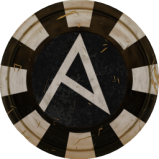

.thumb.jpg.b21ca1d0c15fb56b42c39b25a0a40815.jpg)



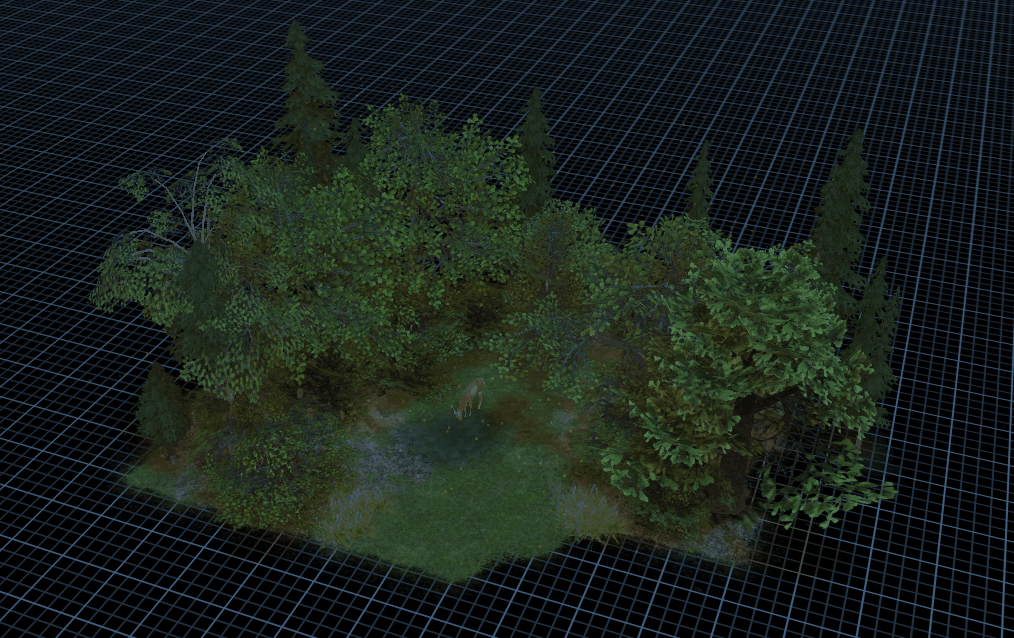

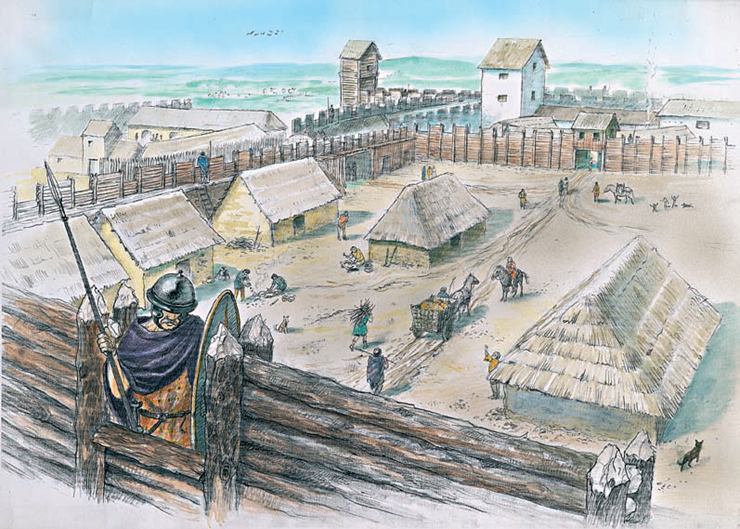
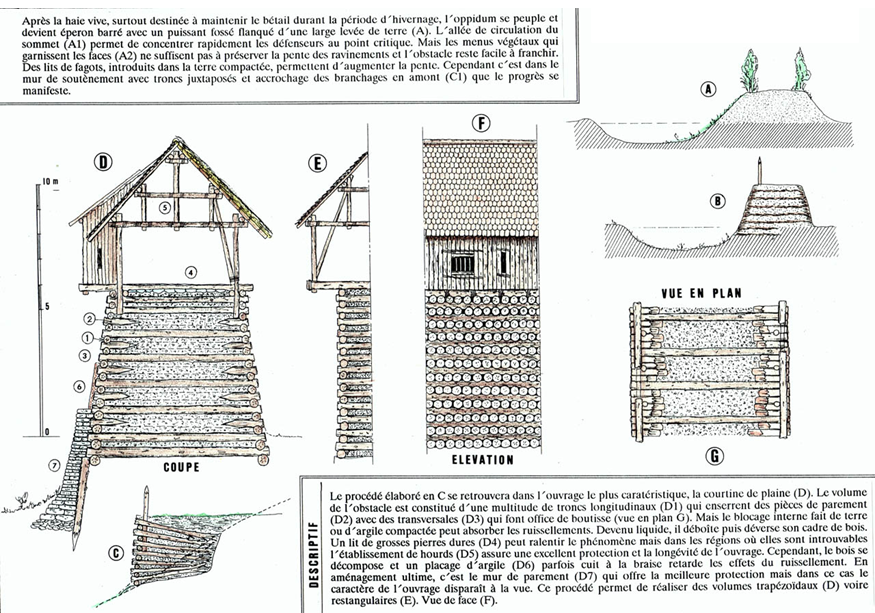




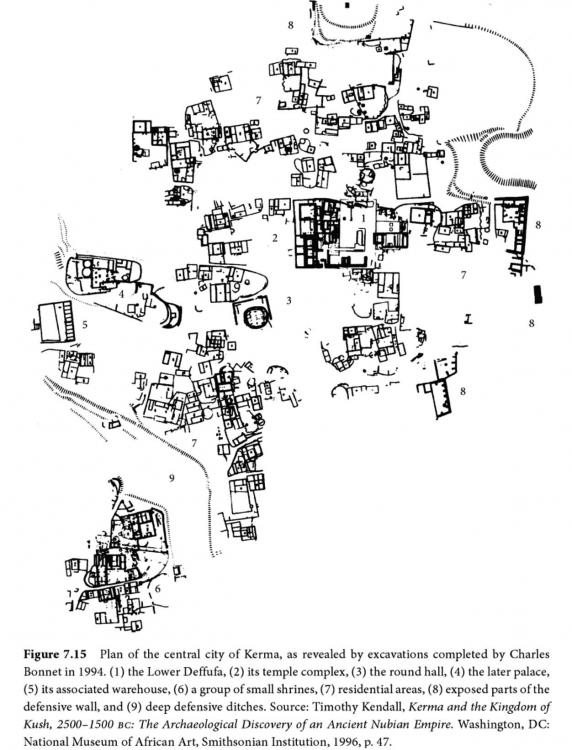

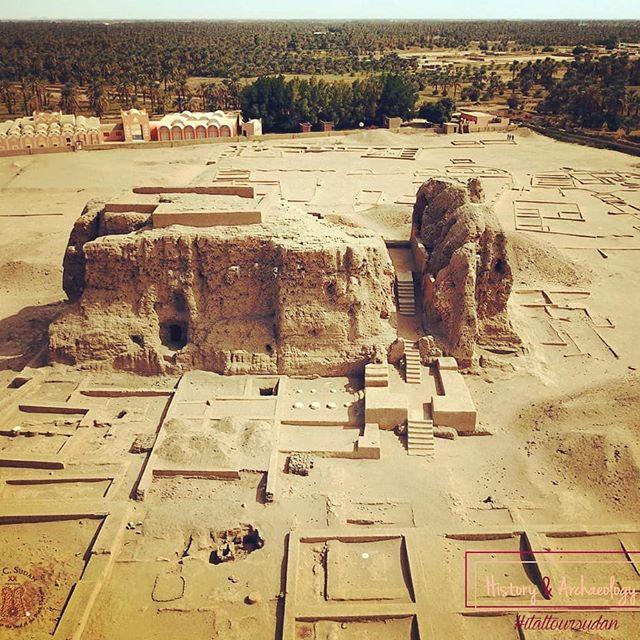
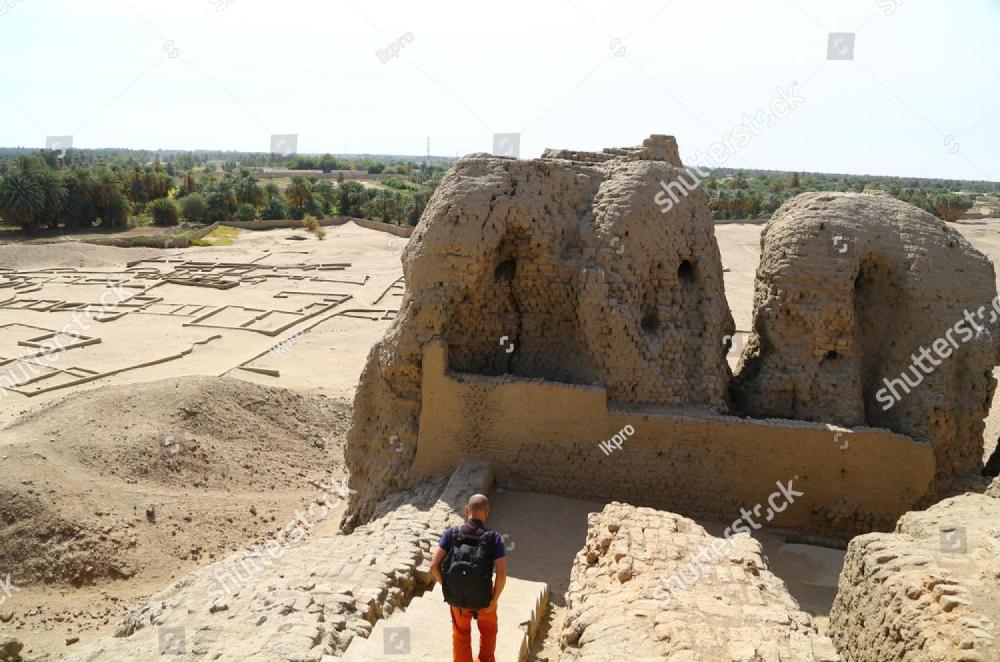
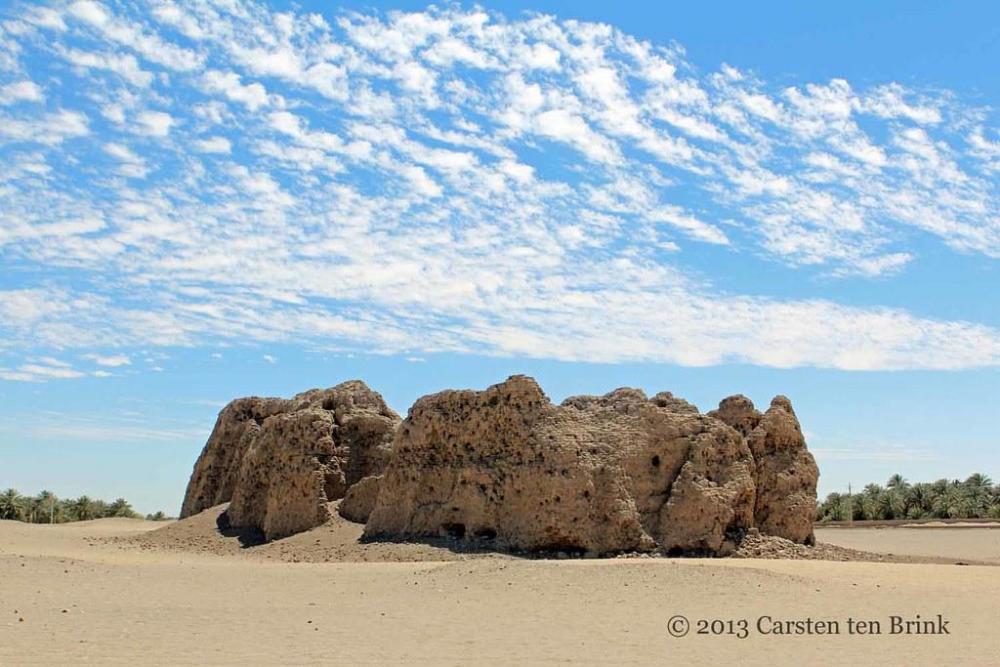
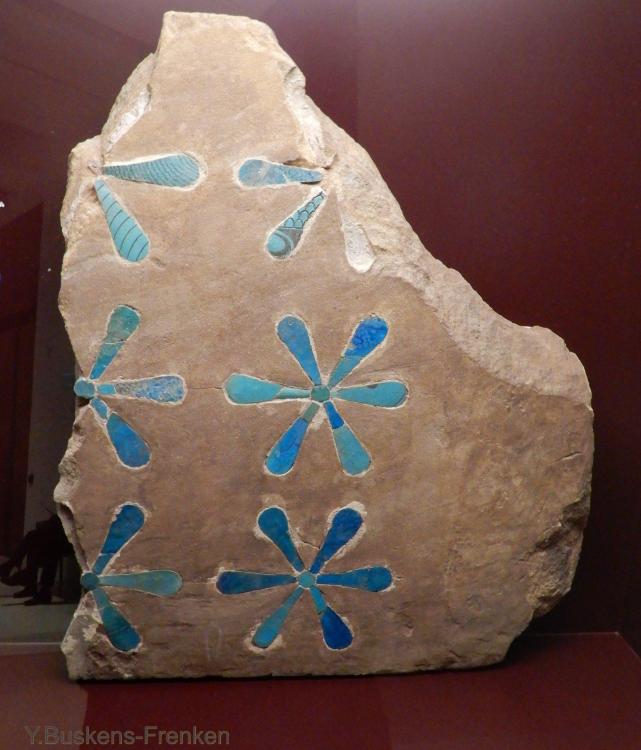
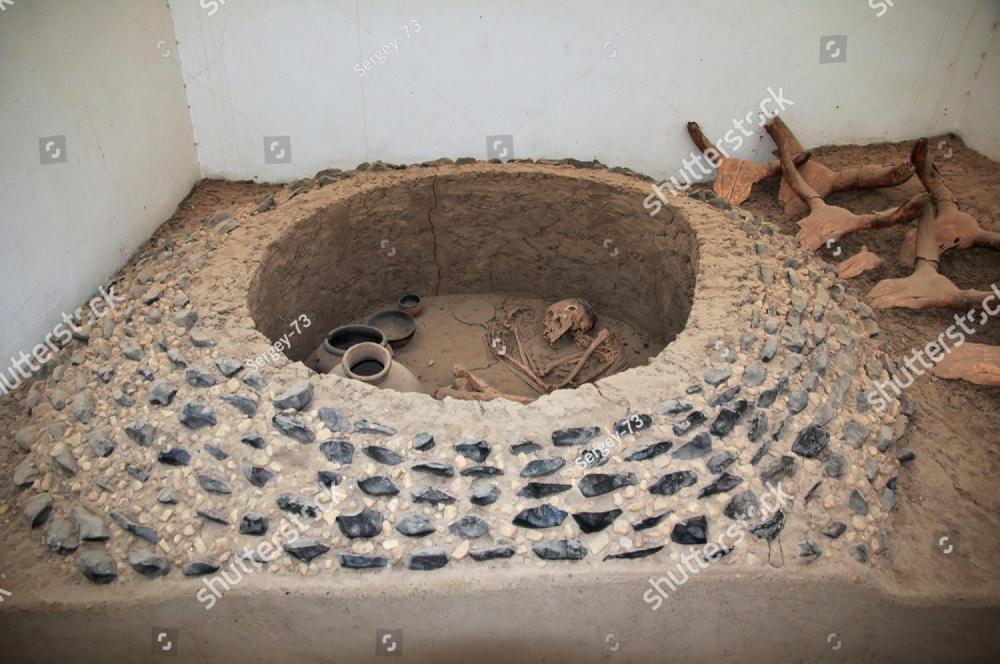
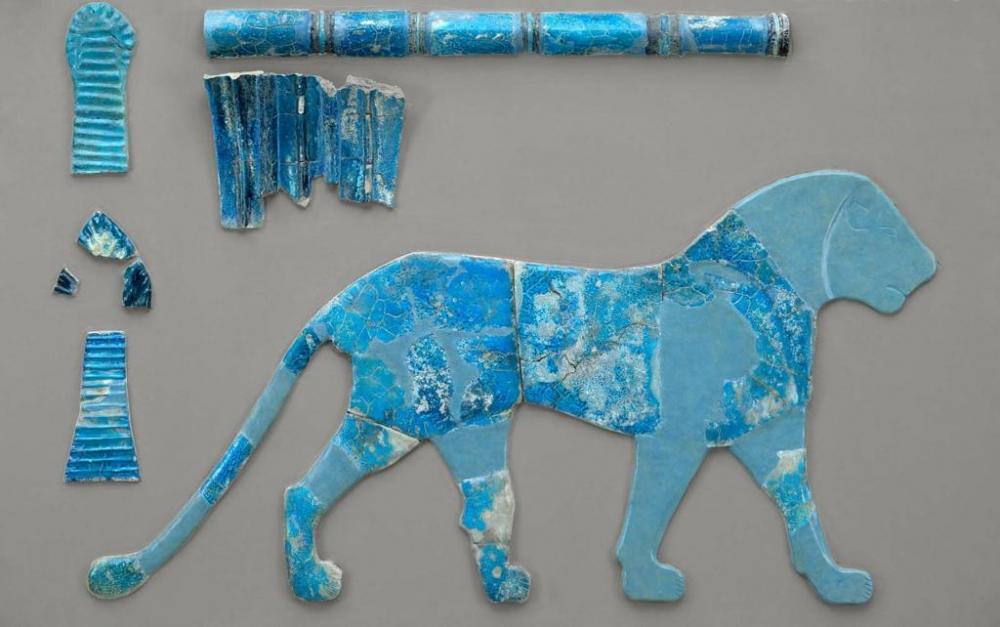
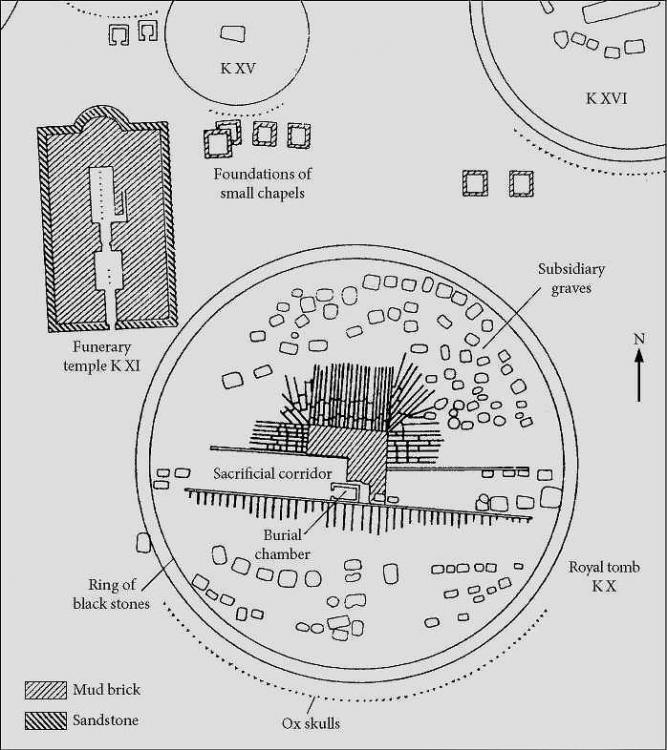
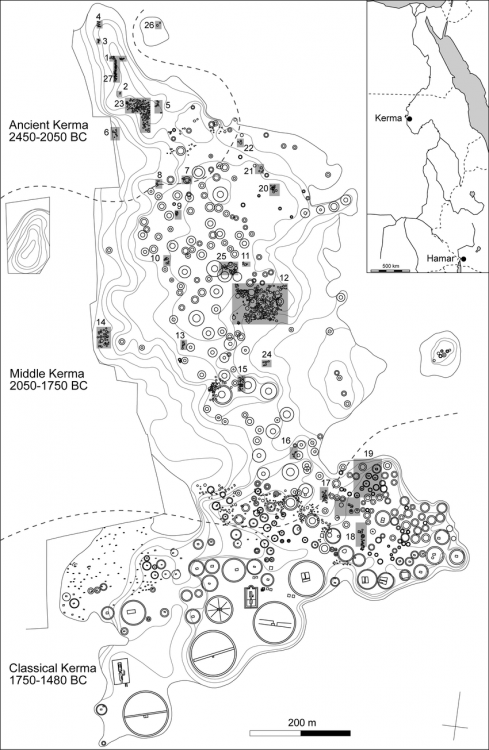
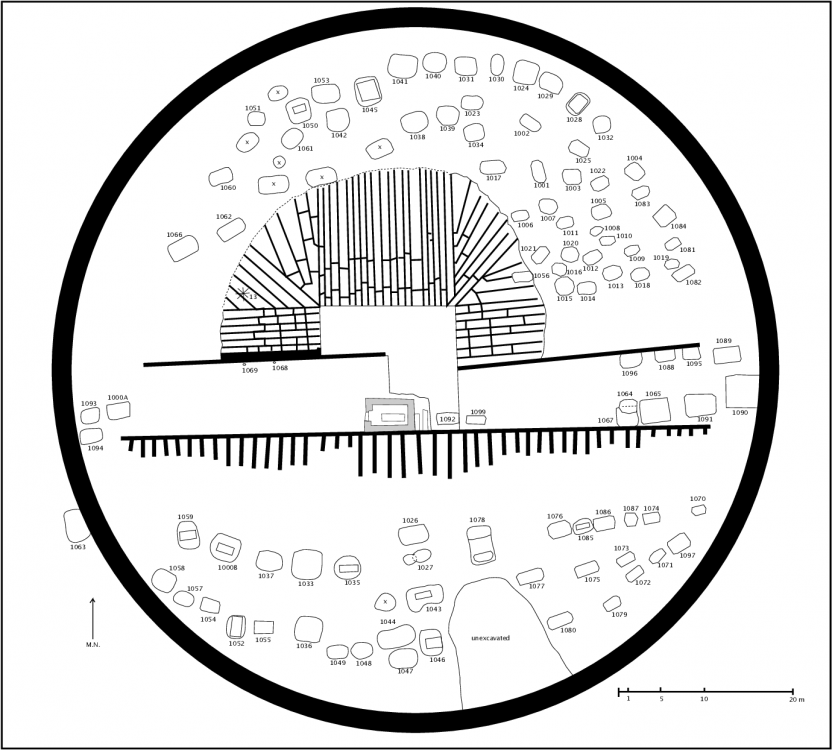
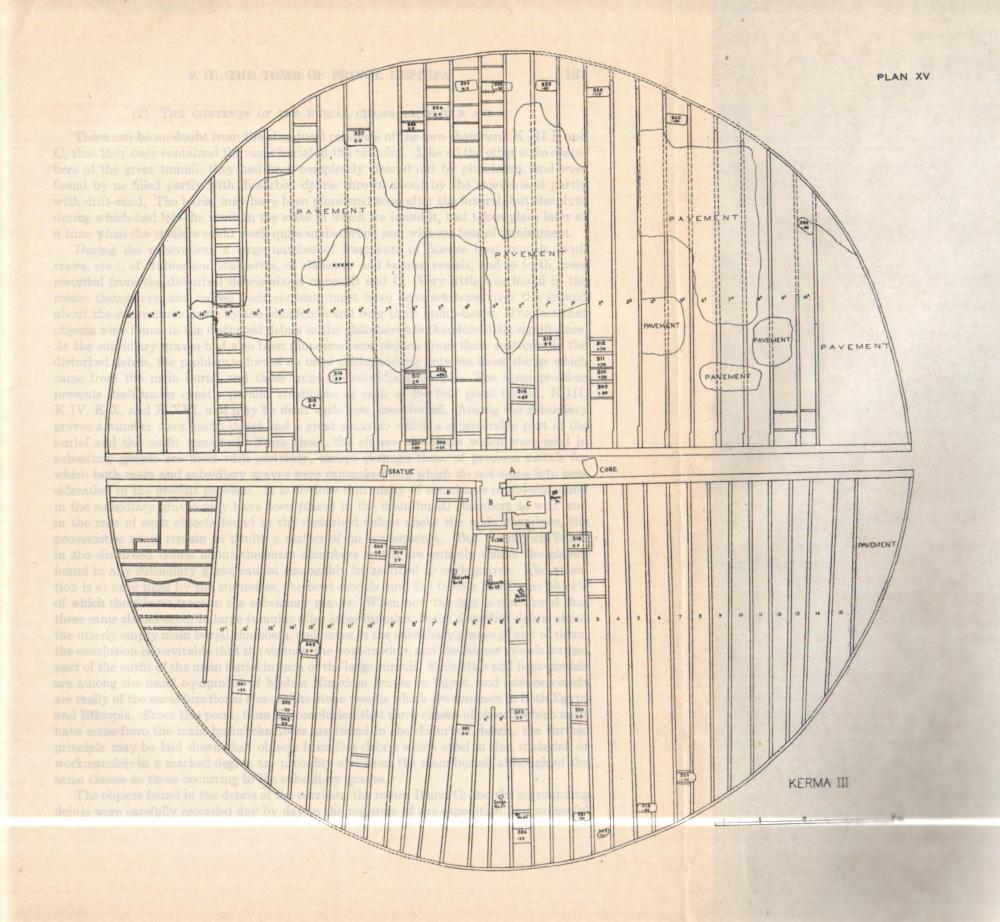
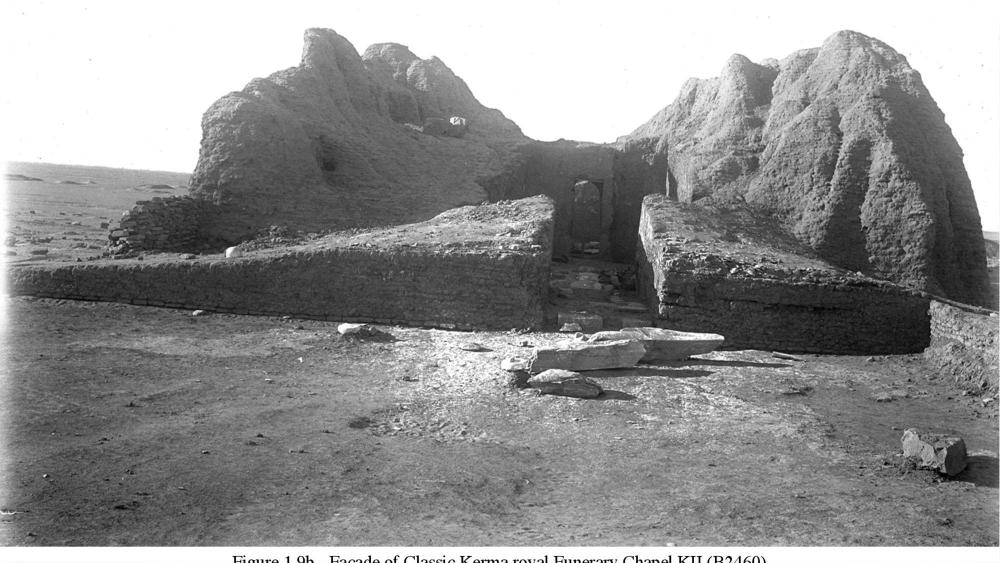
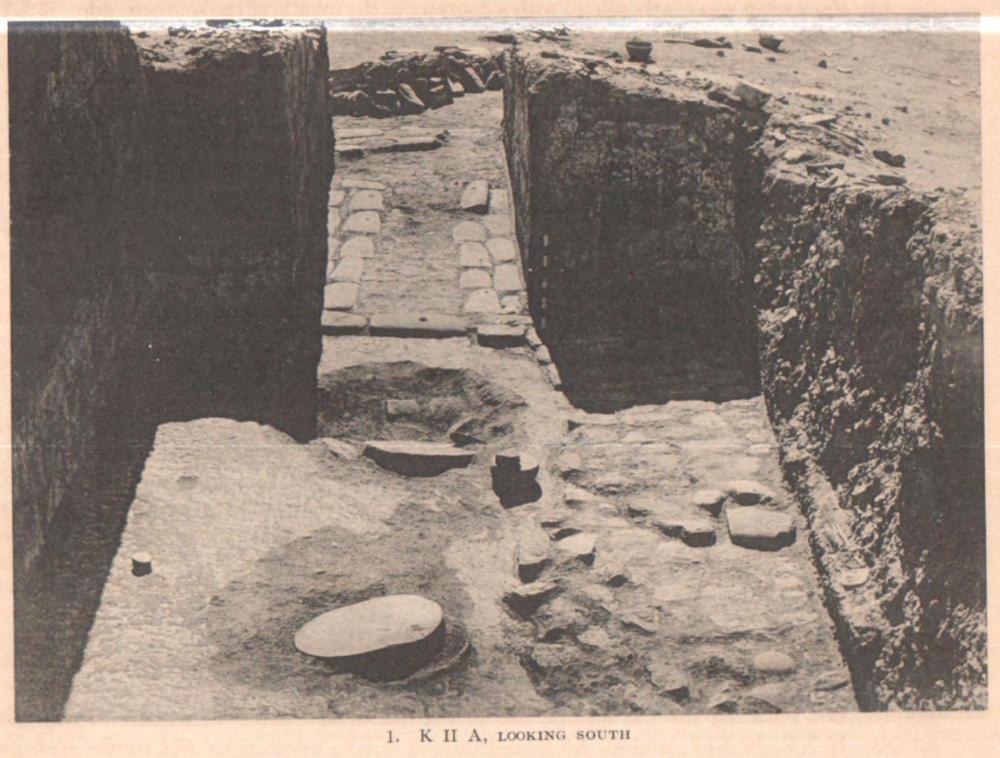
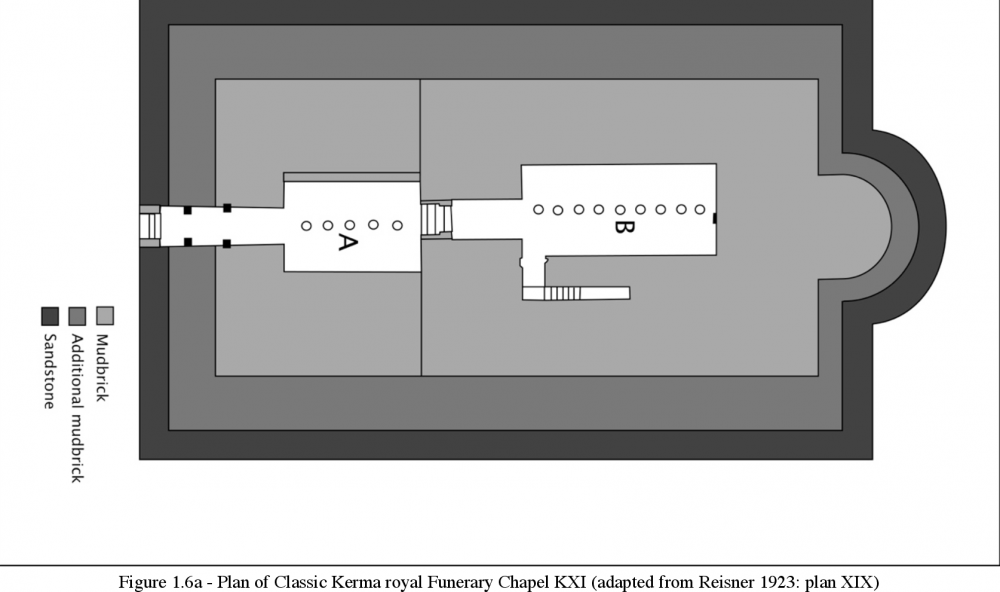
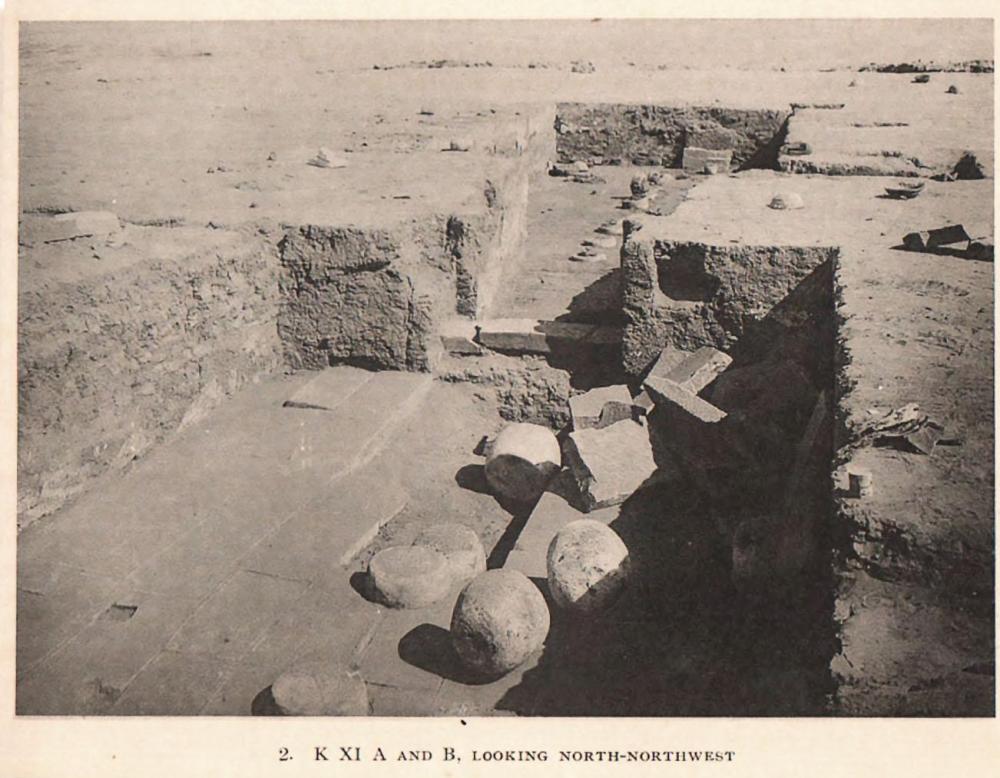
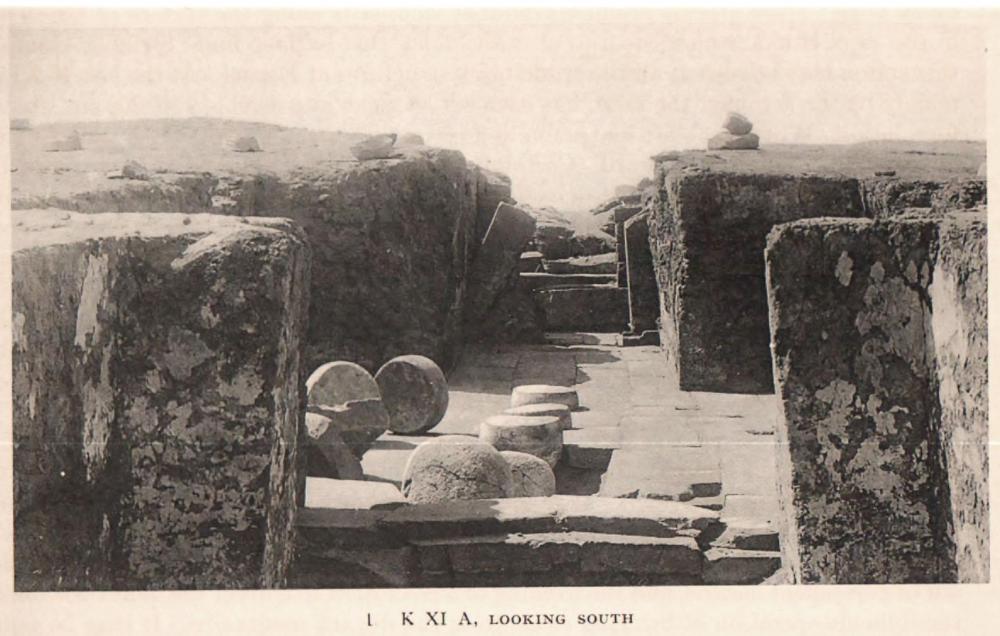
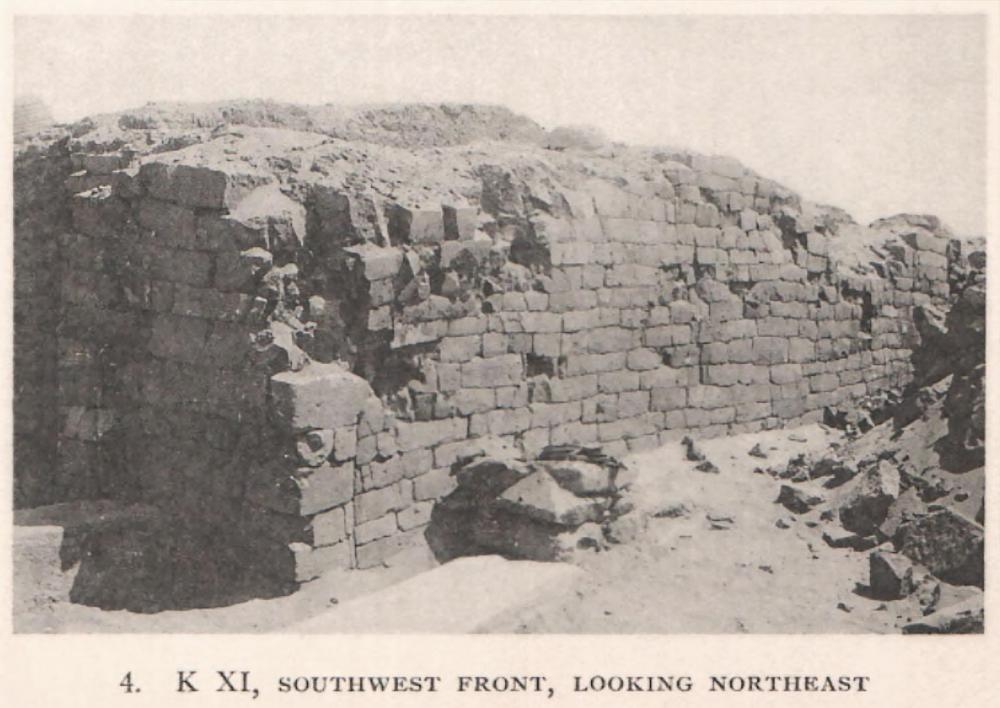
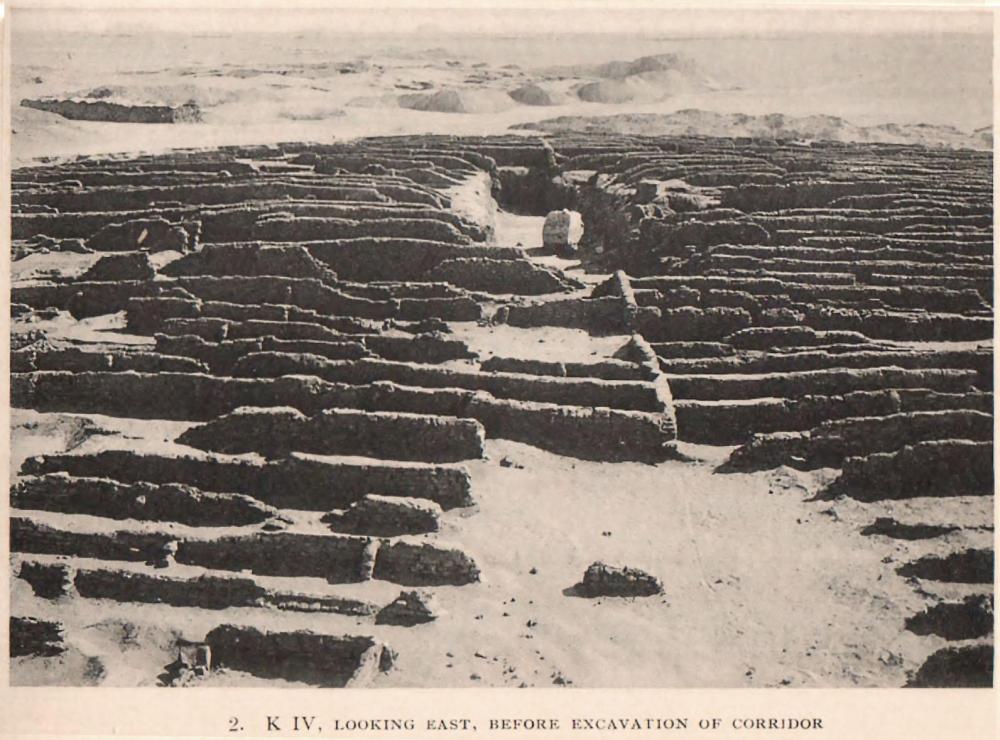
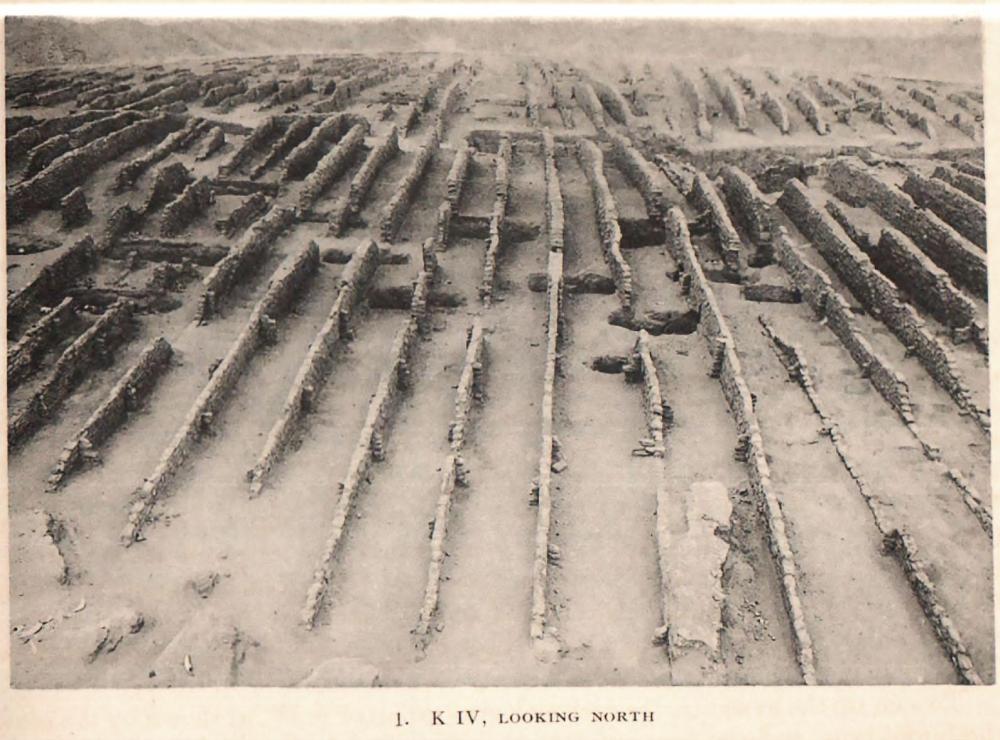
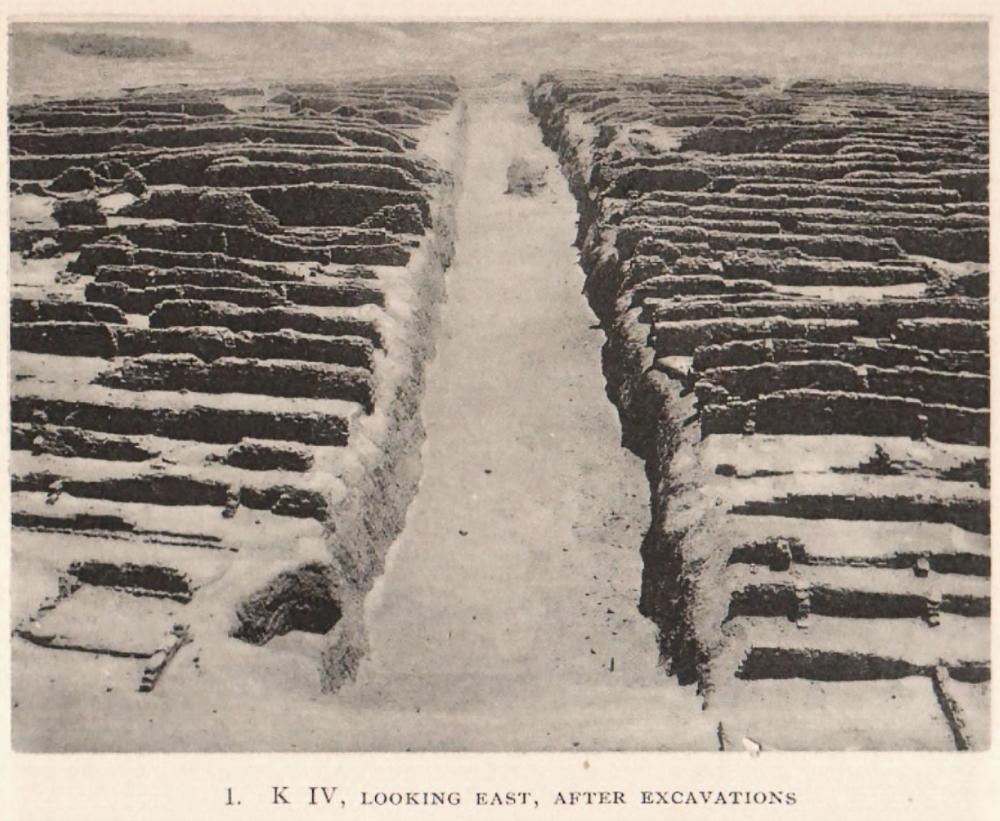
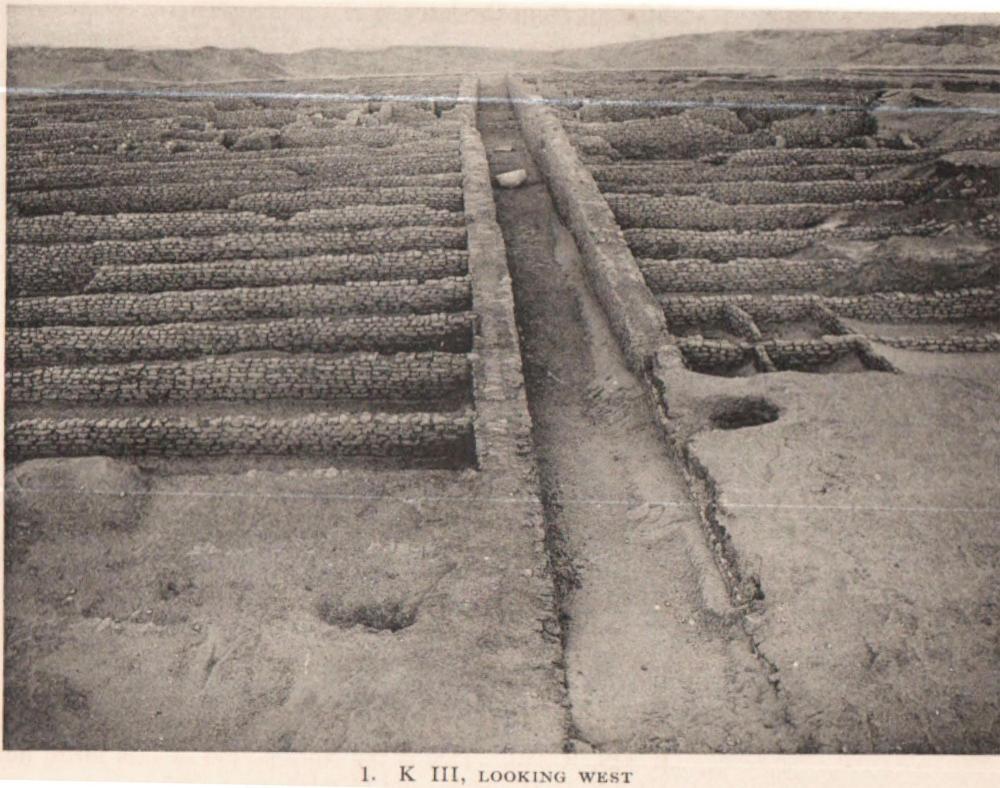
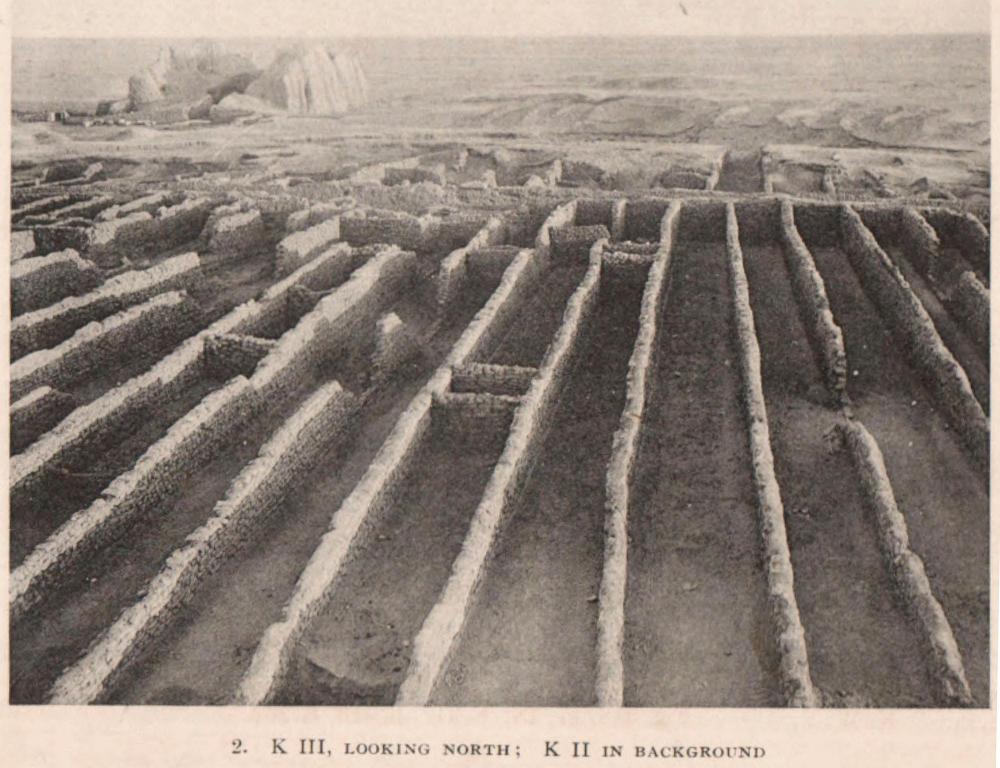
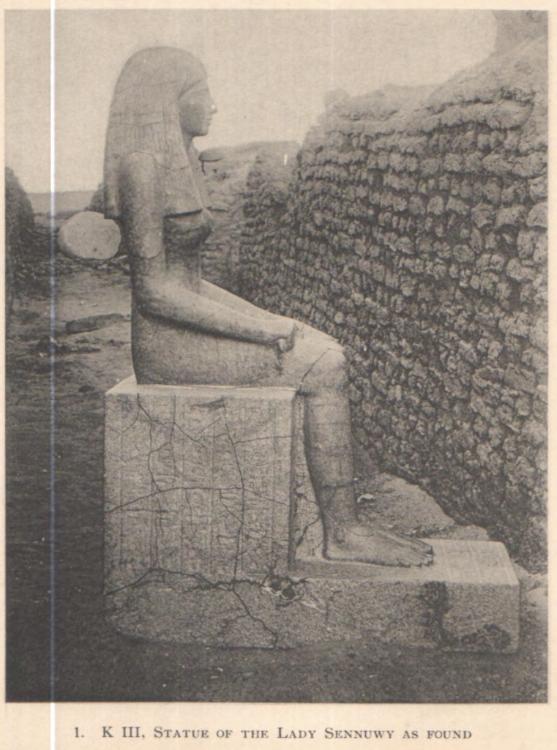
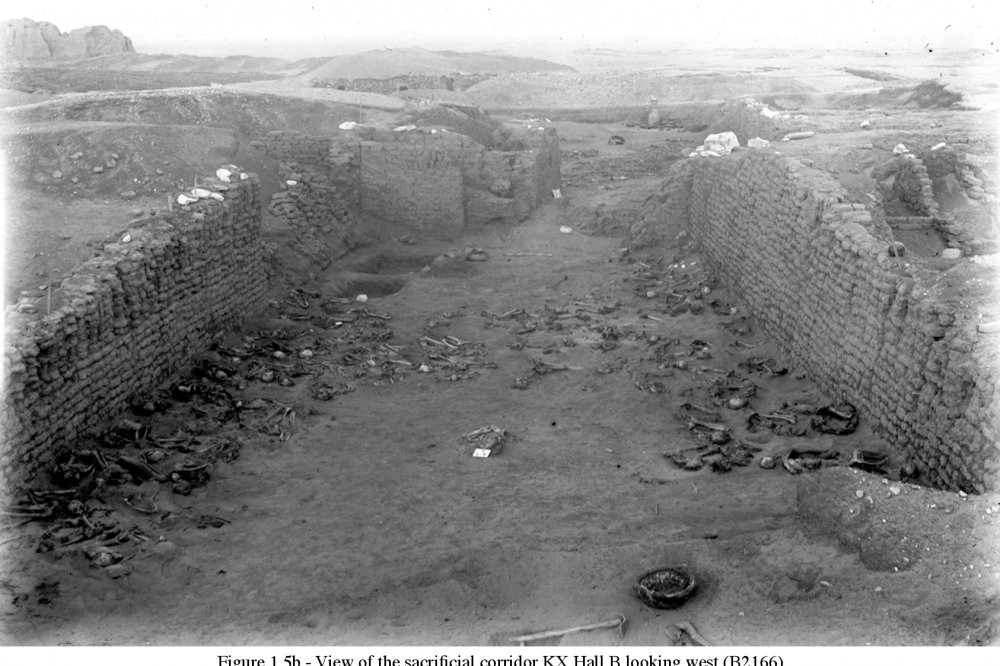
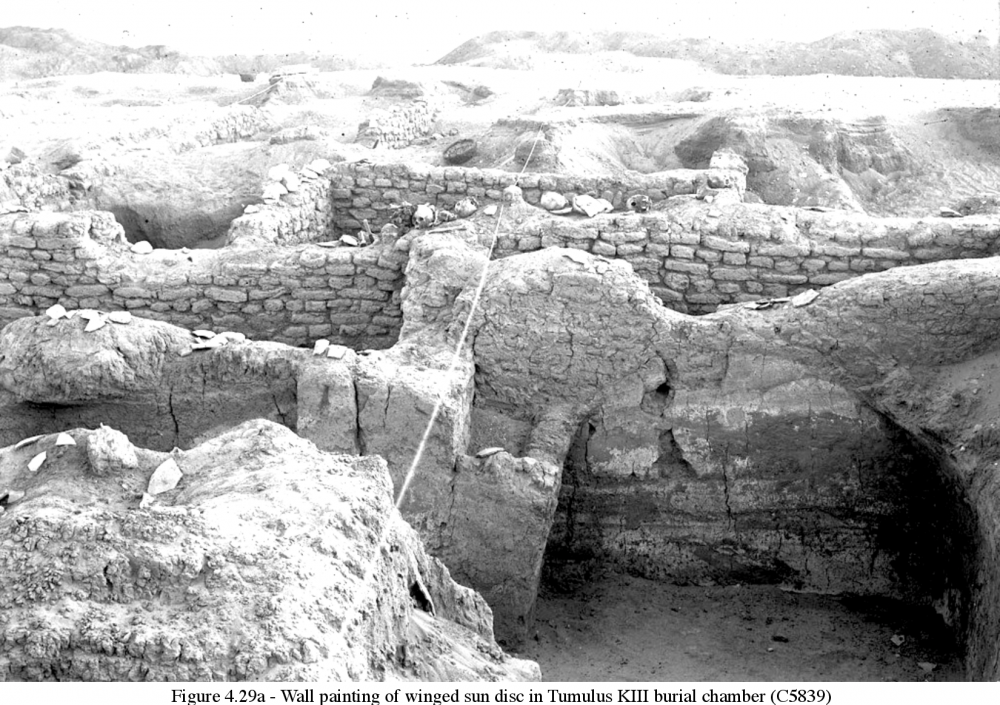
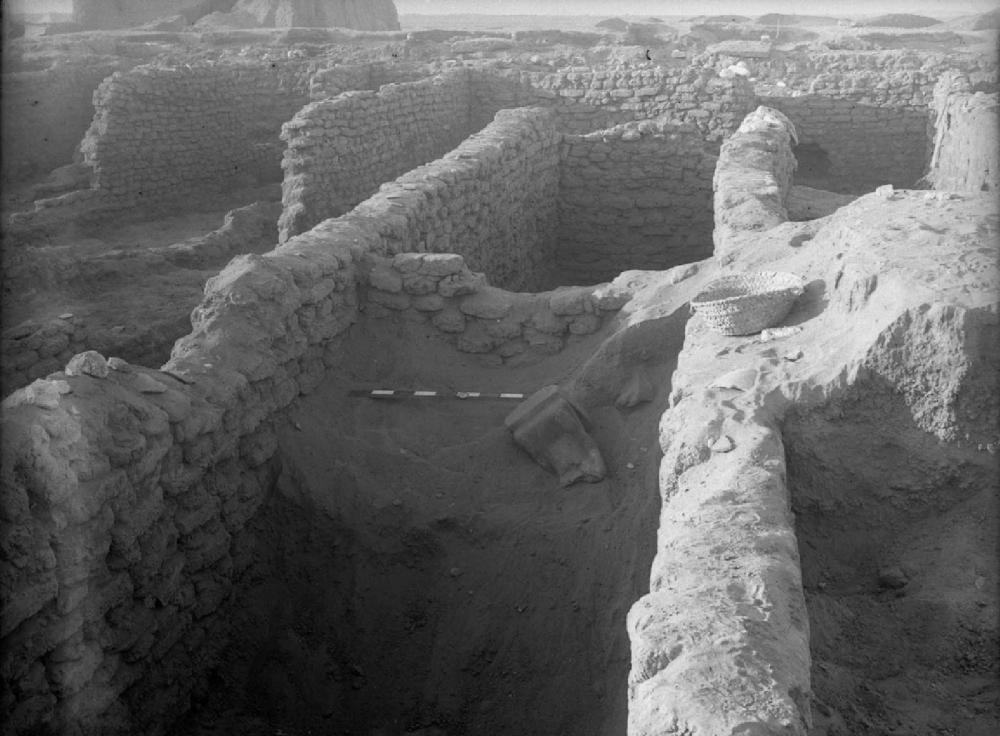
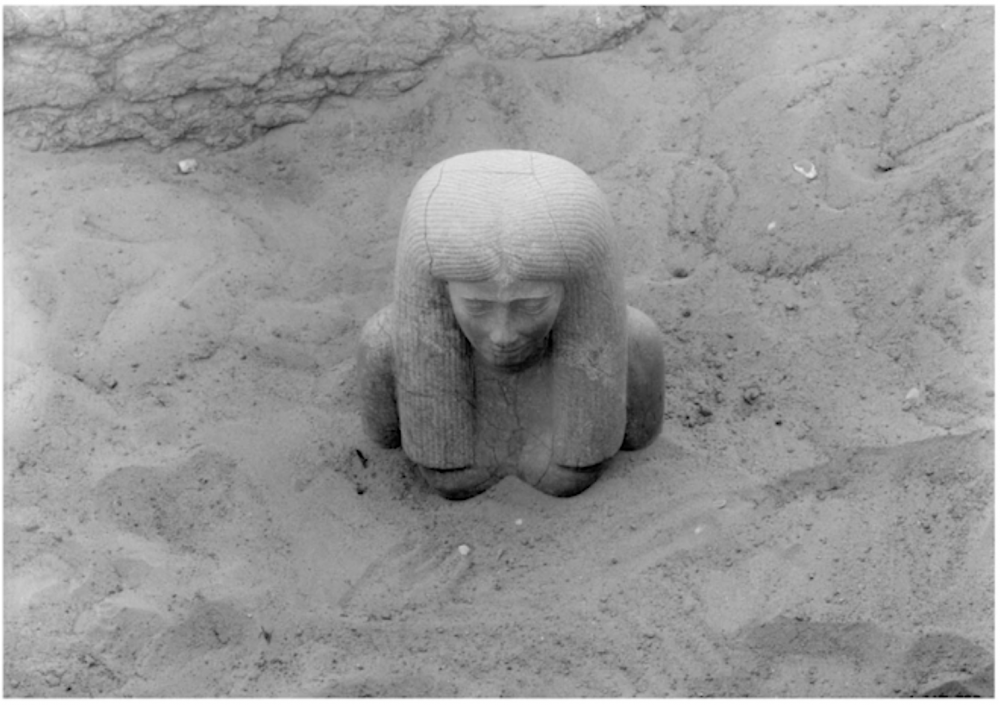
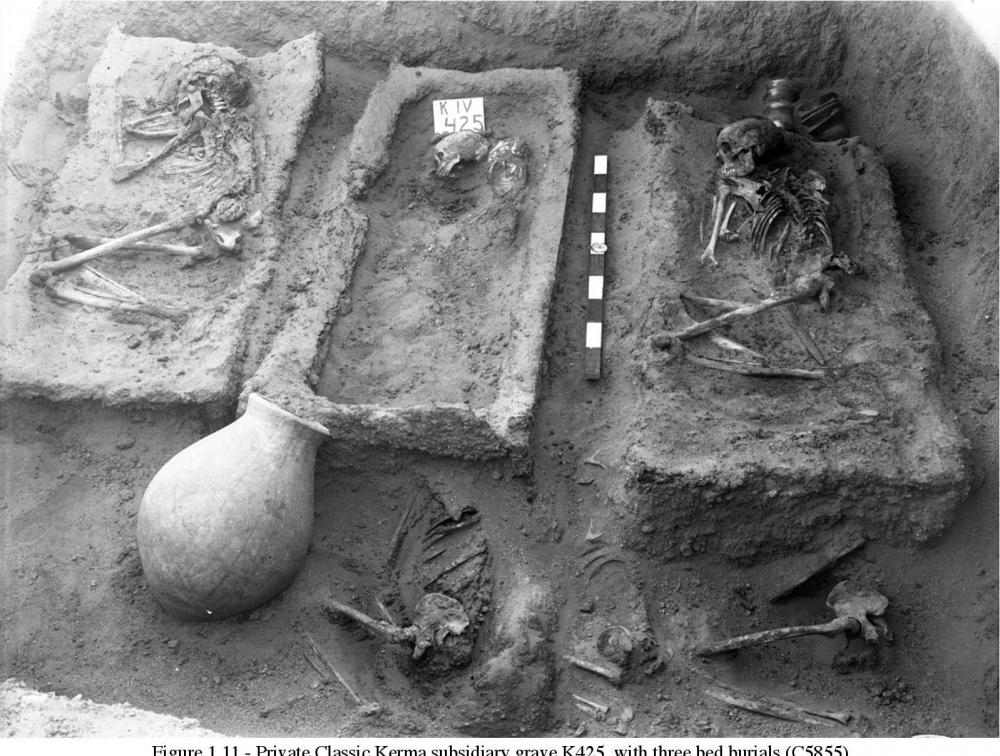
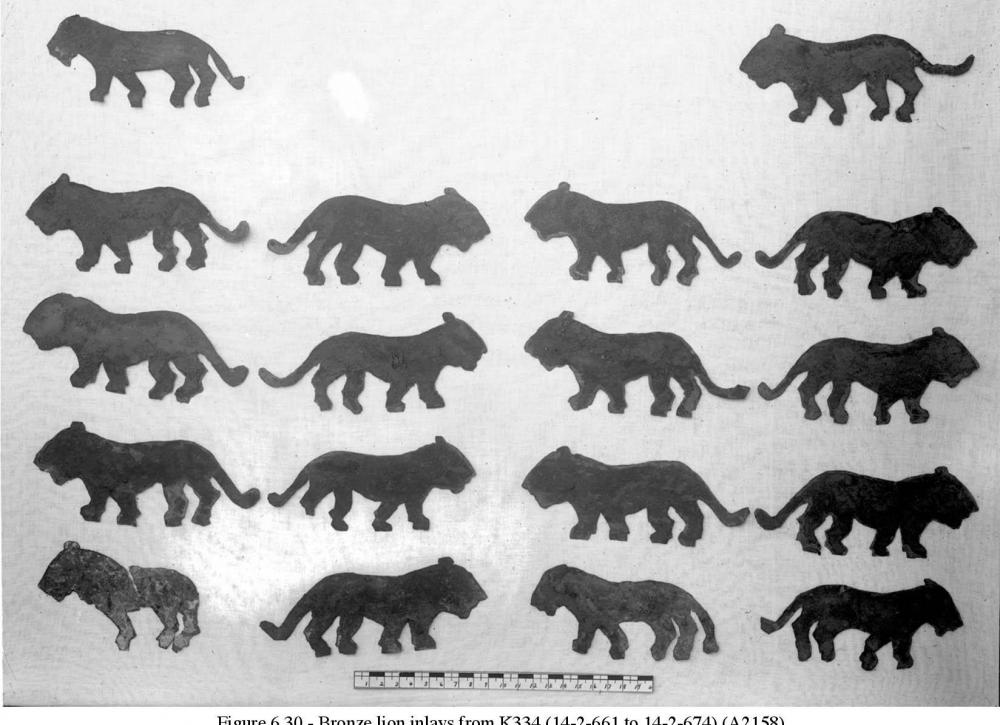
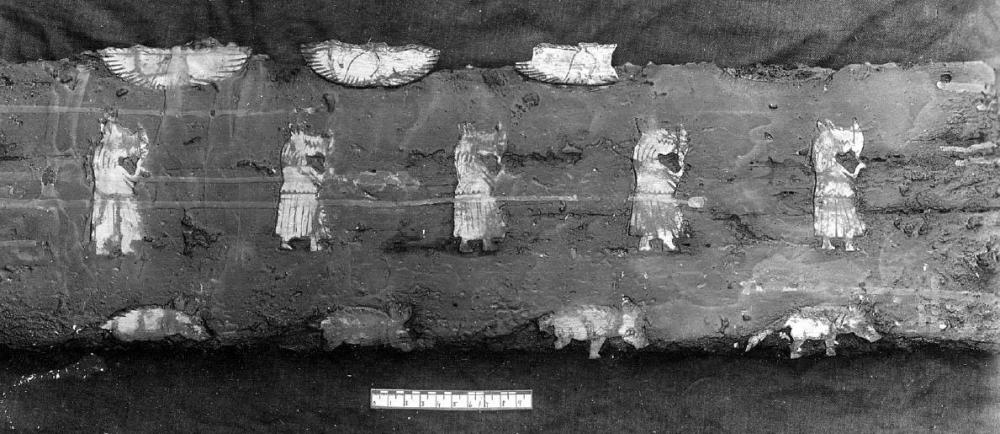
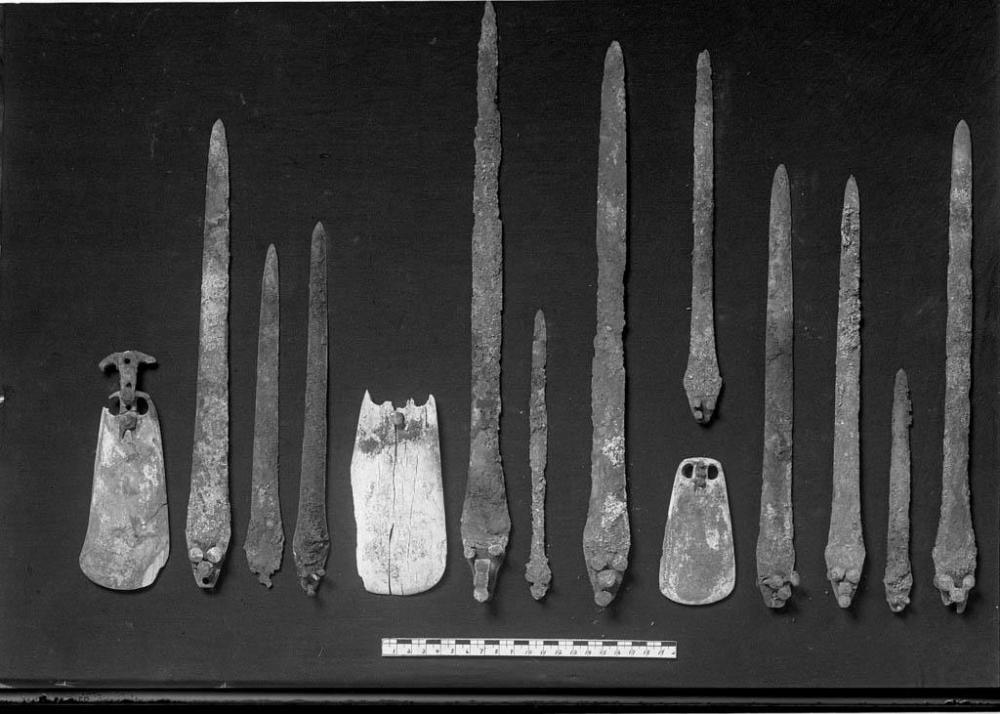
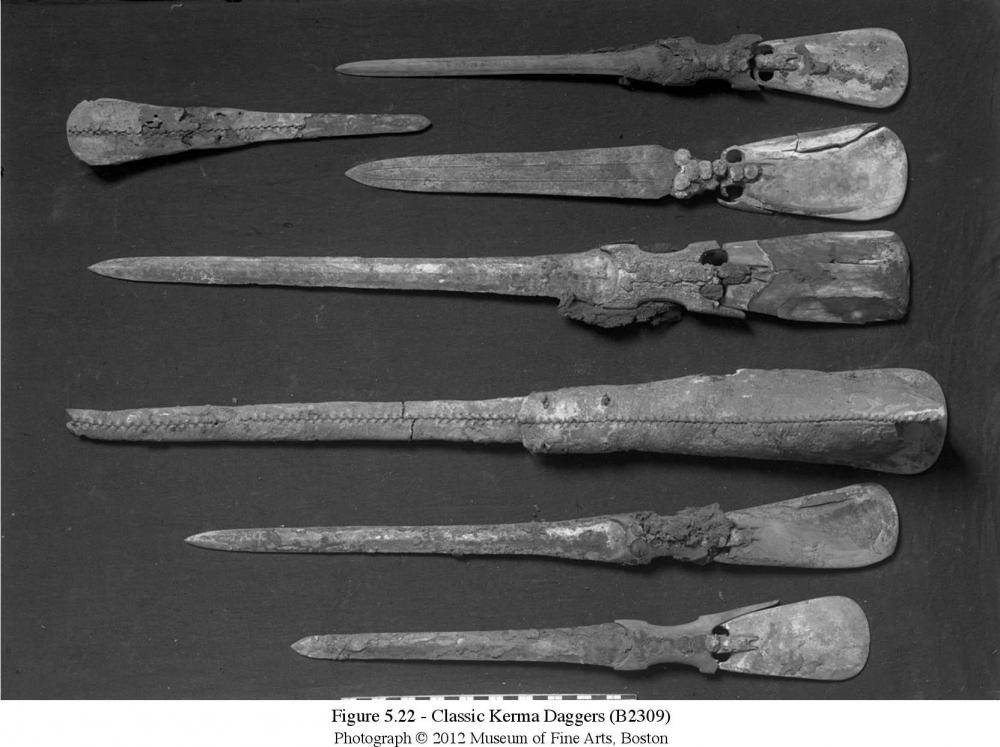
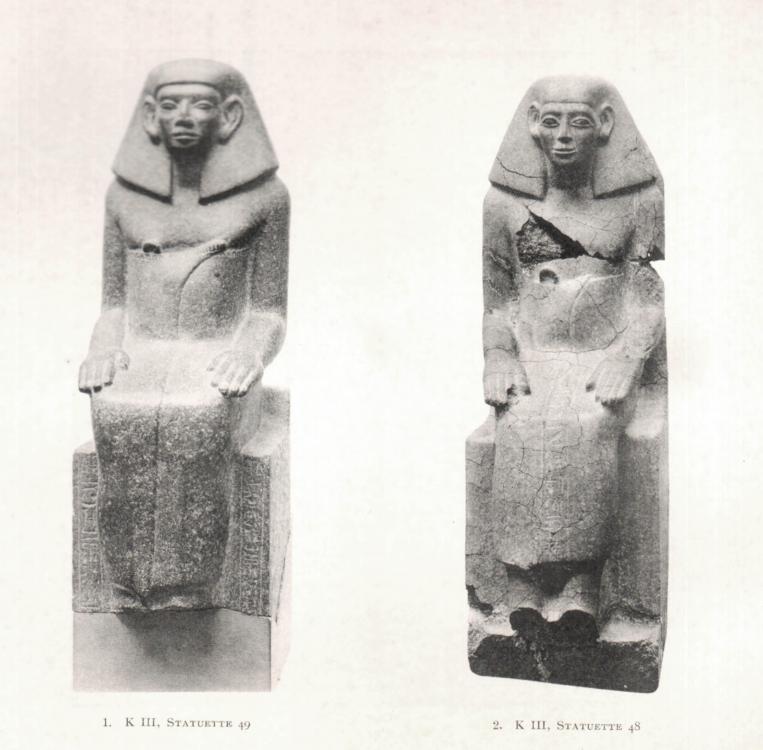
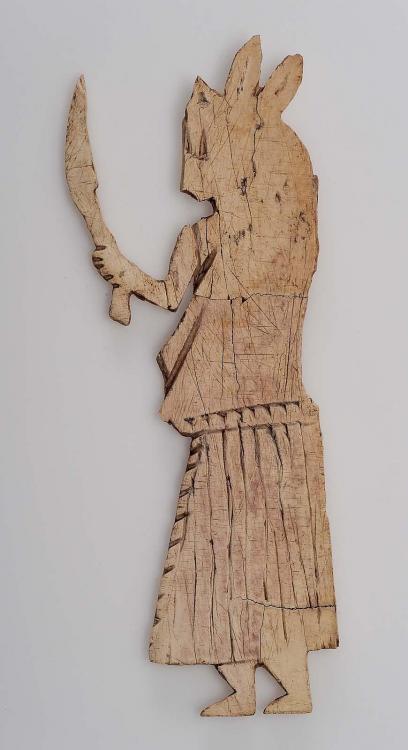
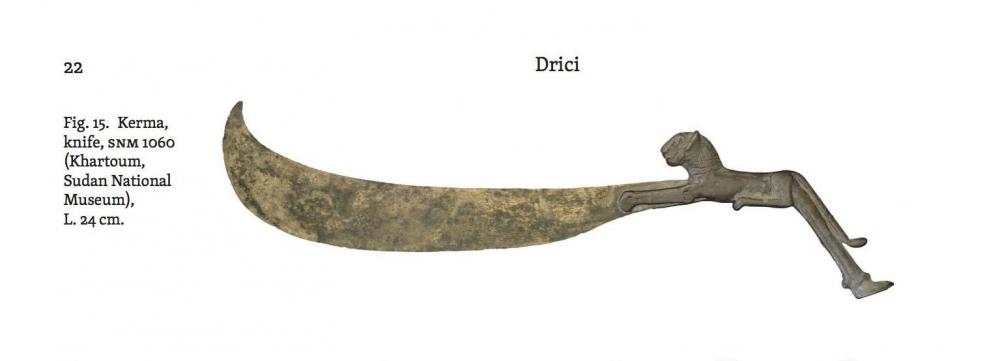
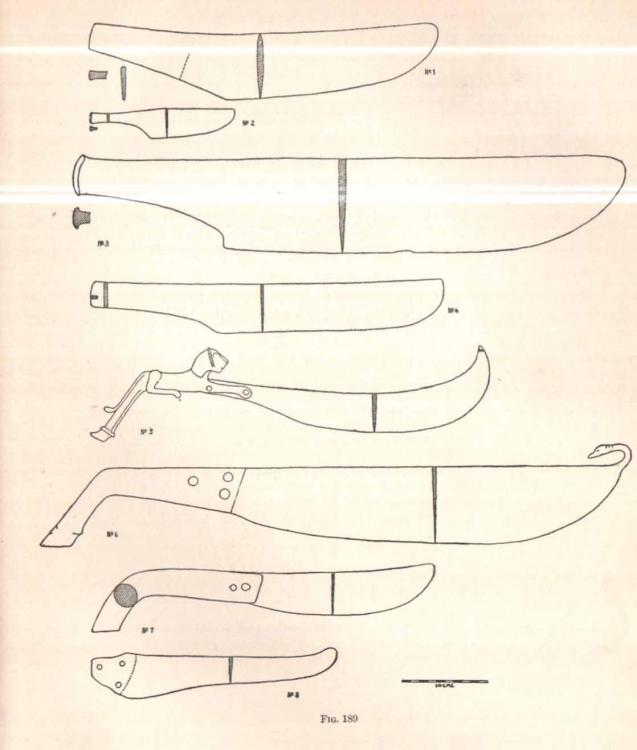
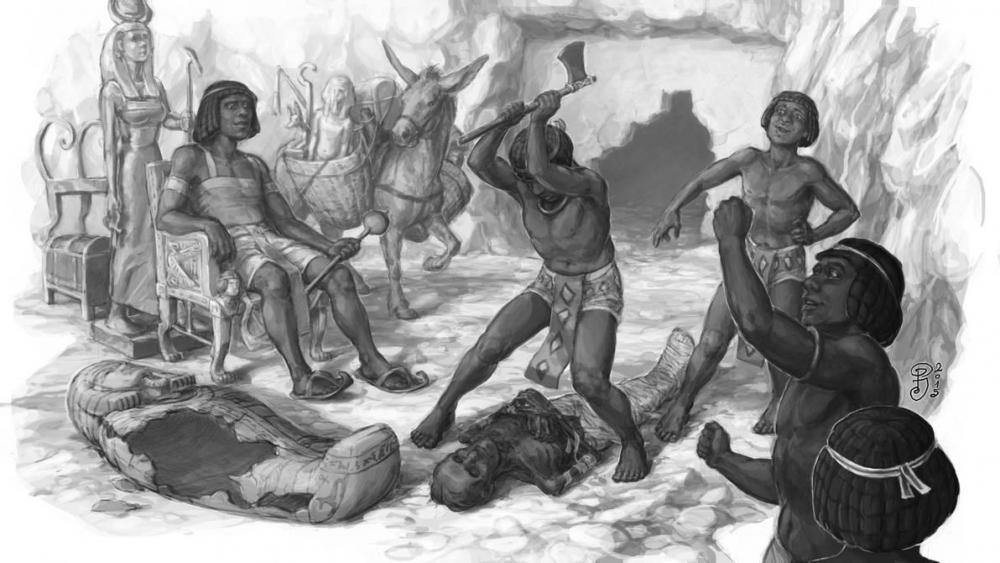
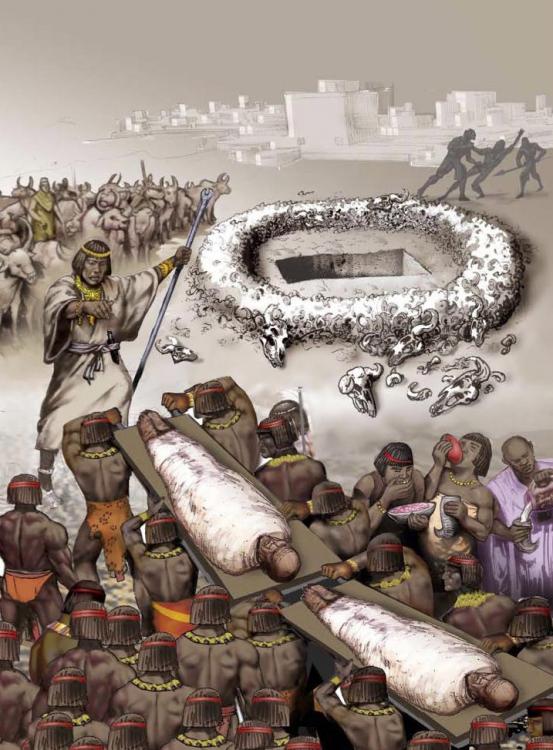
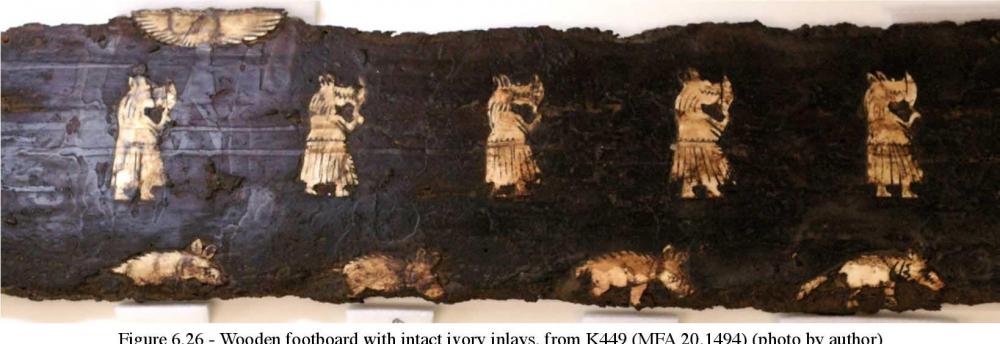
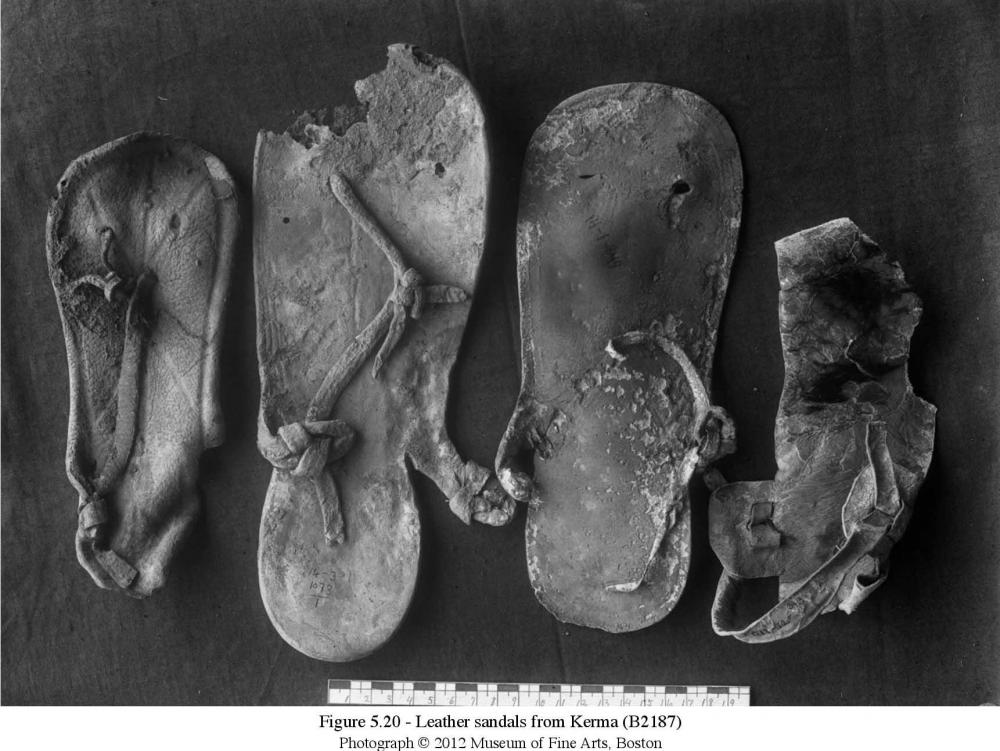
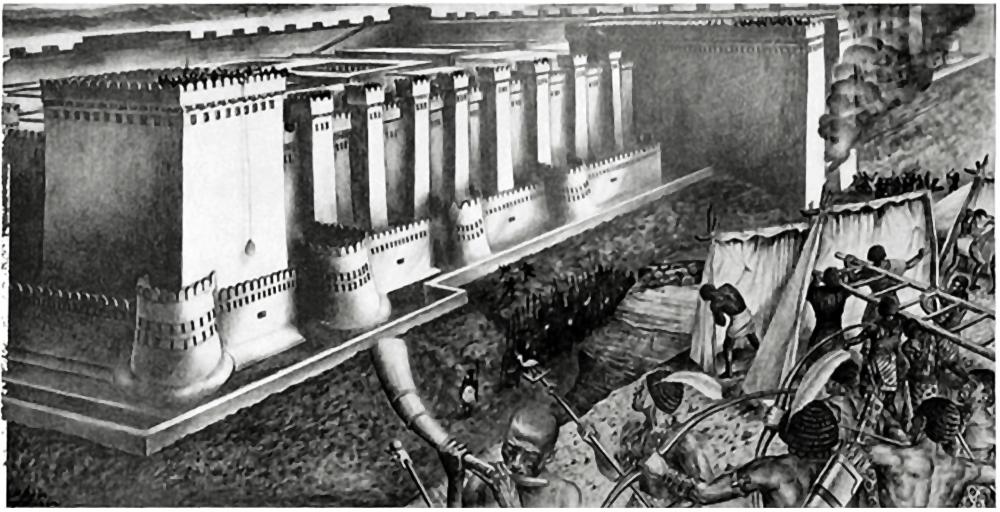

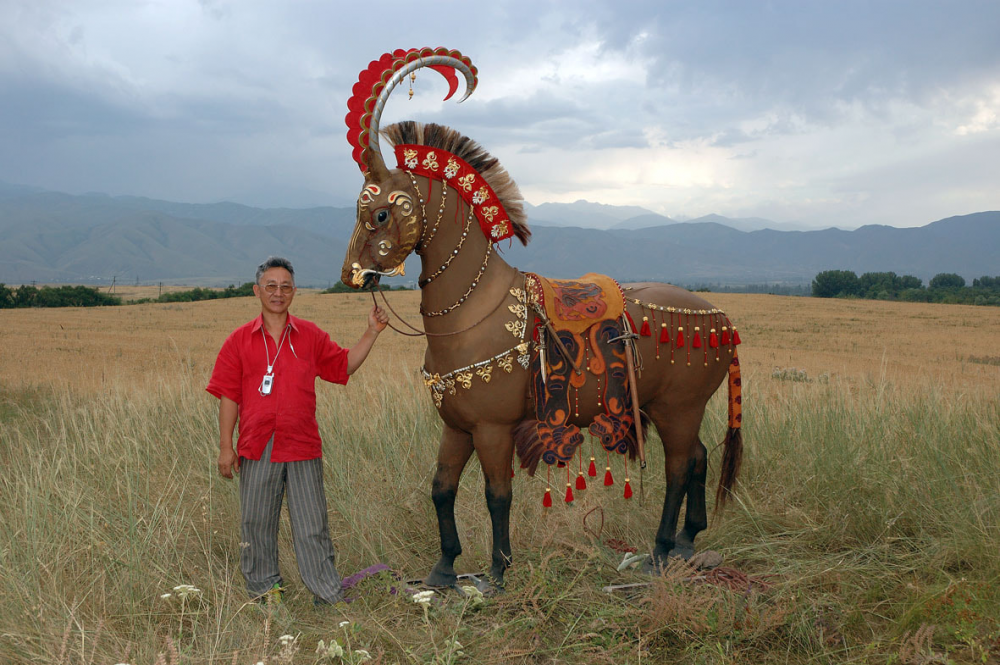
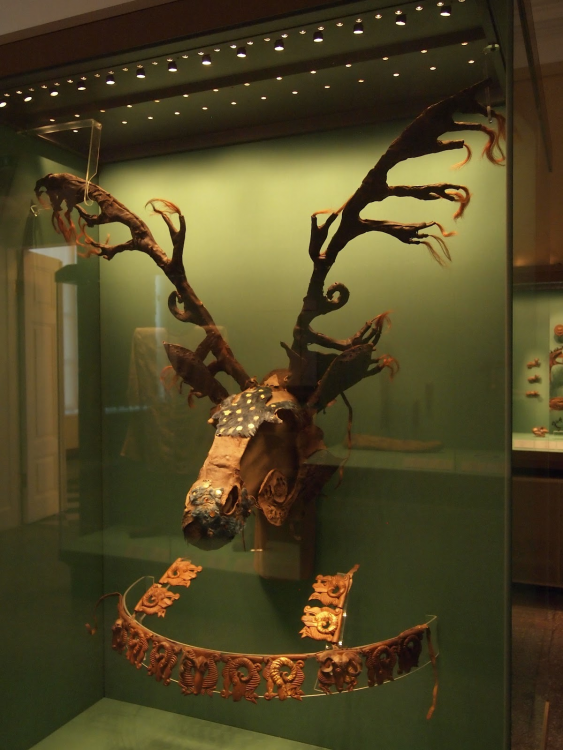
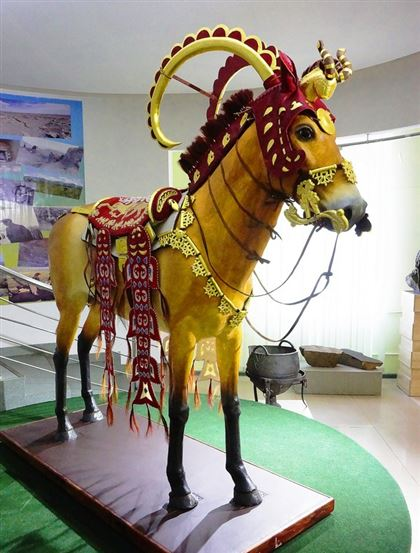
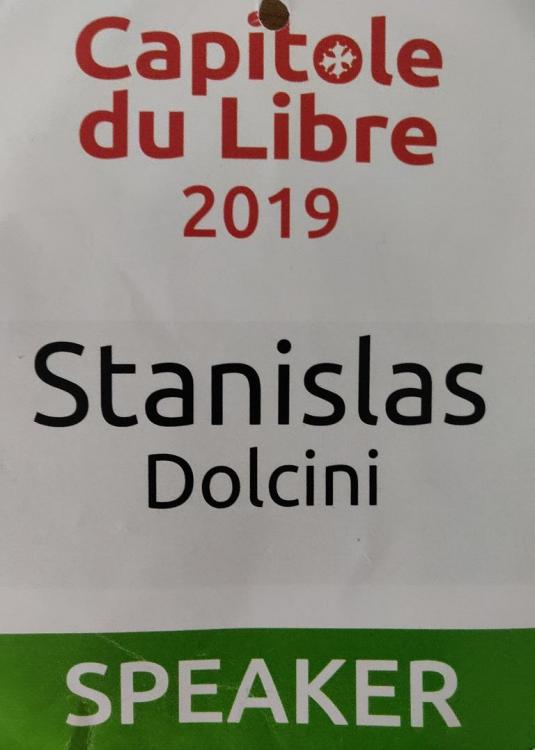
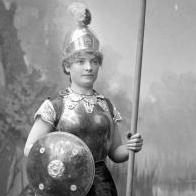
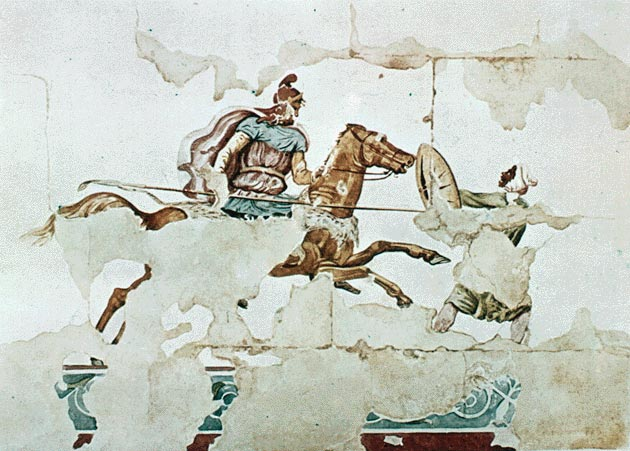
.thumb.png.ce58cea22940c255f5b0a735d5abee36.png)
